BigCommerce Review 2022: Pros and Cons of the Ecommerce Giant
Tooltester is supported by readers like yourself. We may earn an affiliate commission when you purchase through our links, which enables us to offer our research for free.
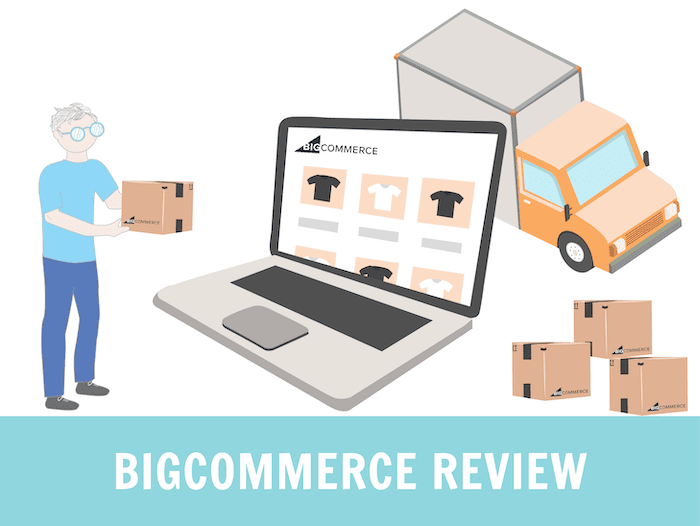
In this comprehensive BigCommerce review we will look at the features that BigCommerce offers, it’s pros and cons as an ecommerce platform, and finally we’ll preview some alternatives, in case it isn’t the right solution for your online store.
Why should you trust us? We have tons of experience of building real world ecommerce stores, both large and small, and we use a meticulous testing process to assess every ecommerce platform according to 20 different criteria!
We know that choosing an ecommerce website builder for your online store is a big decision, so we’ve made sure that this review covers everything you could possibly need to make the right call!
But before we begin, what exactly is BigCommerce?
What is BigCommerce?
BigCommerce is an all-in-one ecommerce solution for selling physical and digital goods online.
This means that it provides everything you need: web hosting, the database for your products, the tools for designing your storefront, plus inventory management, marketing tools, shipping and tax calculations, and much more!
BigCommerce is also a SaaS (Software as a Service) platform. This means that to use BigCommerce, you don’t need to download any software. Everything is done through the browser on your computer or the BigCommerce App on your mobile device.
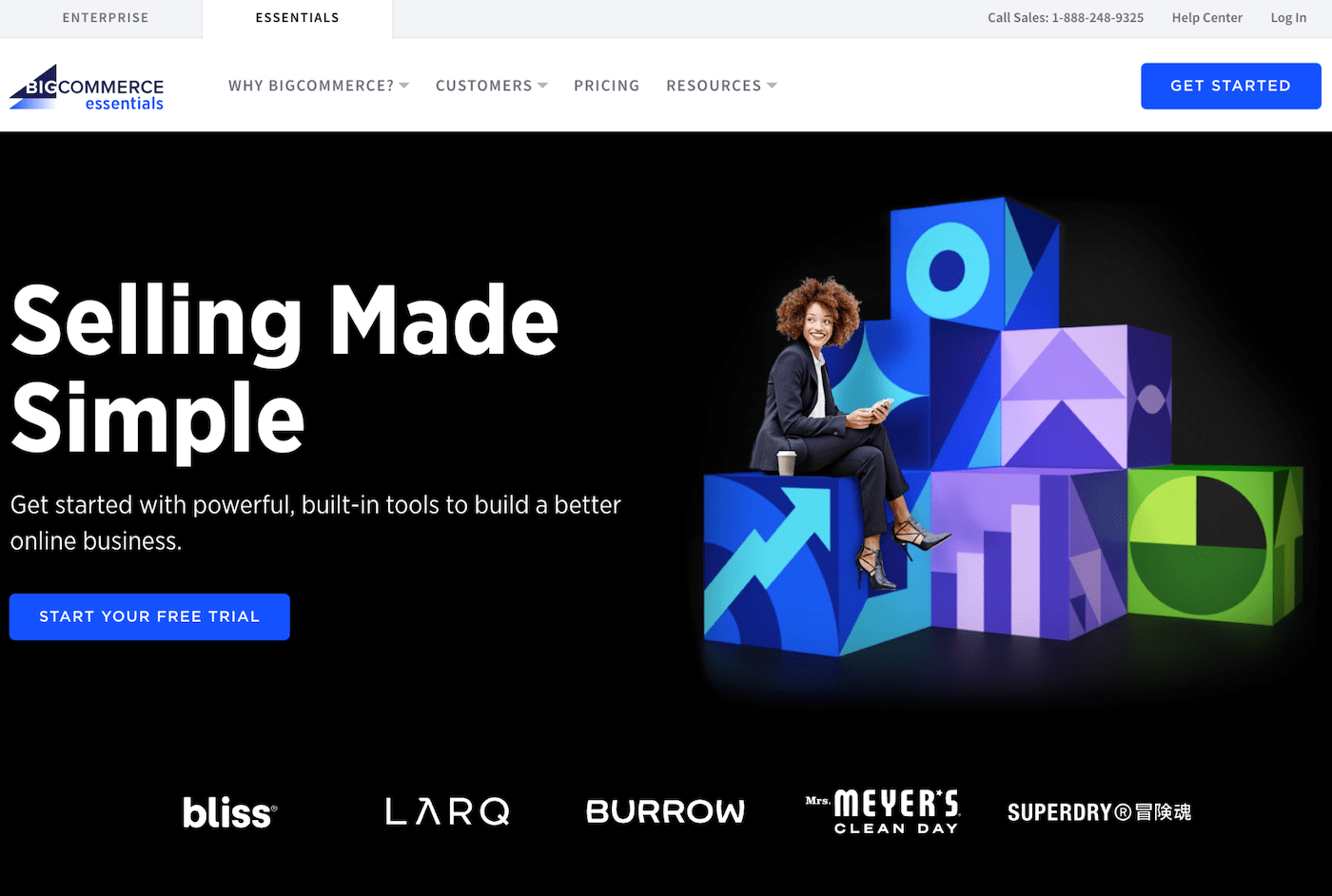
The BigCommerce website
Traditionally, BigCommerce has often been thought of as more of an enterprise solution for bigger online stores. However, as we’ll see, it has a lot to offer to smaller businesses as well.
So, if you have ambitions to run your own ecommerce business, all you need is something to sell, plus the appropriate BigCommerce plan (for which you pay a monthly subscription fee), and you’re good to go: you can start selling online!
You can read more about what BigCommerce is (and isn't)! But now let's dive into the full BigCommerce review.
BigCommerce Video Review
- BigCommerce Video Review
Screenshots
BigCommerce Pricing
Standard
The Standard plan is the entry-level tier, and it includes everything you need to get started. You must be generating less than $50K in yearly sales to remain on this plan, otherwise you’ll be automatically bumped up to the next plan…
Plus
The Plus plan includes everything in the Standard plan, plus:
- Customer groups and segmentation (create different experiences for different customers)
- Abandoned cart saver (email customers who add items to their cart but don’t complete the transaction)
- Persistent cart (keep items in customer’s carts across different devices)
- Stored credit cards (save customer’s shipping and billing details for future visits)
You must be generating less than $180K in yearly sales to remain on this plan, otherwise you’ll be bumped up to the next plan…
Pro
The Pro plan includes everything in the Plus plan, plus:
- Google customer reviews
- Product filtering (allow customers to filter products by multiple attributes (e.g. show all Small, Blue, Sweaters)
- Custom product filtering (allow customers to filter products by multiple custom attributes)
You must be generating less than $400K in yearly sales to remain on this plan. For every extra $200K in yearly sales, you’ll pay an extra $150 / month.
Enterprise
The Enterprise plan includes everything in the Pro plan, plus:
- Price lists (custom pricing for B2B customers)
- Unlimited API calls (improve synchronization with 3rd party apps)
- Extra customer support (faster, managed support)
- API support
BigCommerce offers a tiered pricing structure, with four different plans. Which monthly tariff you pay depends on the features you require, and more significantly: the amount of money that your BigCommerce store is generating.
Note: The prices above are the monthly cost of annual contracts. In order to qualify for these prices, you will need to pay the full annual cost in advance (e.g. 12 x $29.95 for the Standard plan).
So there are four plans to choose from. But the unusual part of the BigCommerce pricing structure is that you can’t always choose! When your store reaches a certain threshold of yearly revenue, in the following year you’ll be bumped up automatically to the next plan with a higher monthly tariff.
In many circumstances, this may not be an issue. As your revenue grows, it makes sense to take advantage of the extra features higher tariffs offer. But if your store is a high revenue, low margin operation, this could be problematic.
Which BigCommerce plan is best?
Which BigCommerce plan is best for your ecommerce store, will depend very much on the specifics of your business model.
However, (as we’ll see later on in this review), the “abandoned cart saver” feature can recover so much lost revenue that it’s probably worth choosing the Plus plan over the Standard plan in many cases, as it’s not that much more expensive.
Conversely, I think that for most people just starting out, the extra features of the Pro plan (e.g. Google reviews and advanced product filtering), won’t be worth the significantly higher price you will pay compared to the Plus plan.
We look at the different plans in much more detail in our BigCommerce pricing article, so check that out too!
And don’t forget: you can also try BigCommerce for free for 14 days before you make a final decision!
BigCommerce Pros & Cons
- Pros
- Cons
Pros
-
Ton of features
BigCommerce includes more features as standard, than any other ecommerce website builder. This will save you a lot of extra money that you’d otherwise have to spend on third party apps.
-
Product variants
Adding product options and variants is very easy and very flexible. Unlike other alternatives (e.g. Shopify), there’s almost no limit on the number of product variants you can create.
-
Scalability
BigCommerce is a suitable ecommerce platform for both small and big stores. Additionally, if your online store project grows, BigCommerce will comfortably grow with it.
-
No transaction fees
BigCommerce doesn’t charge transaction fees with any of their plans. This can save quite a bit of money, especially for BigCommerce stores with low margins and a lot of transactions.
-
Solid SEO features
When it comes to SEO capabilities, BigCommerce is one of the best store builders we’ve ever tried.
Rating Details
BigCommerce Ease of Use Review
Once you’ve signed up to BigCommerce and logged on for the first time, you’ll be faced with the daunting task of setting up your online store. How easy you find this task may determine whether you stick with BigCommerce or jump to another platform.
So it’s important that BigCommerce makes it simple!
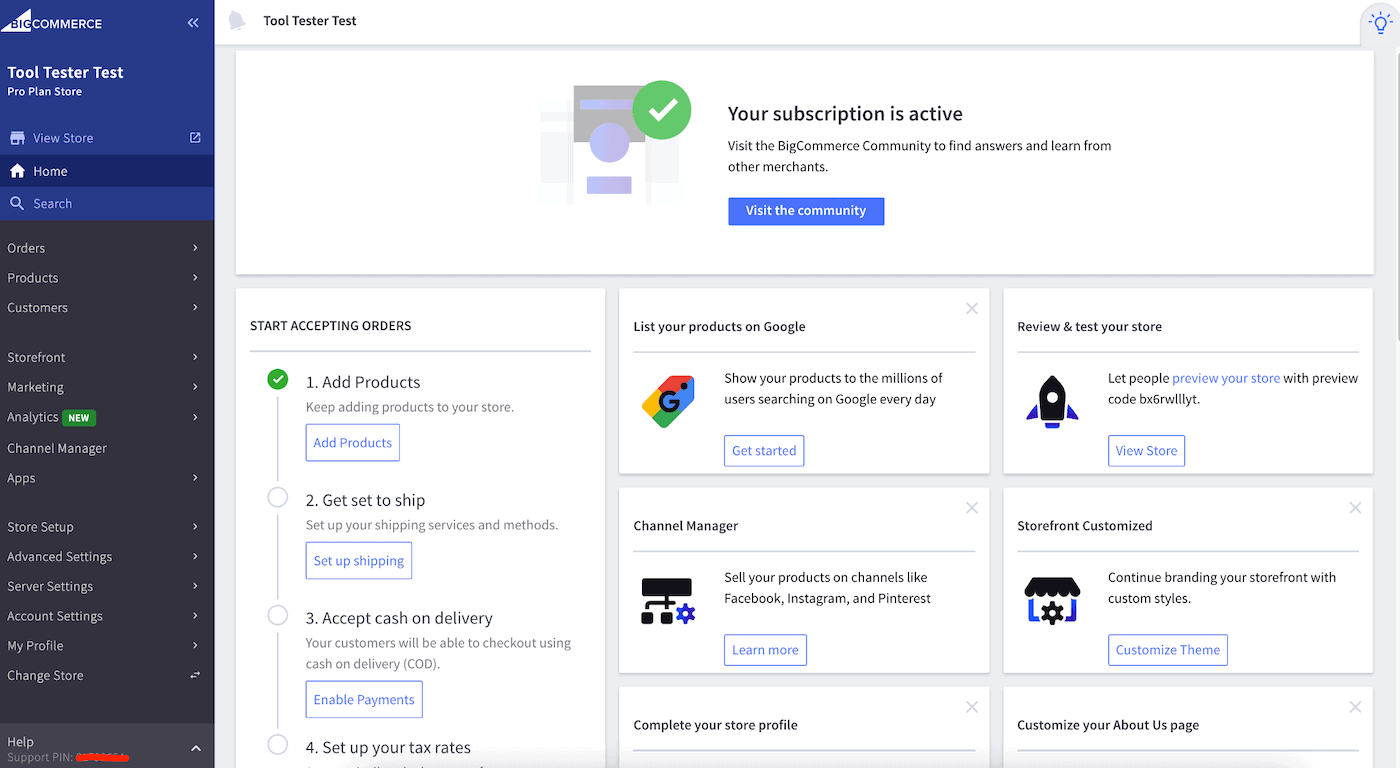
The BigCommerce Store Interface
However, BigCommerce is an extremely powerful platform with a dizzying array of features and endless opportunities for customization. And this provides a challenge for their designers and developers: how to incorporate all these options into an interface that’s easy to use.
Well, the truth is: how successfully they meet this challenge depends on which part of the interface we look at, the backend or the frontend.
The backend, where you control the store settings, add products, and manage customers and orders, is pretty easy to use. In some areas, the volume of options can be overwhelming, but ultimately this is a good thing, as you’ll eventually find a way to do what you want to do!
The frontend, where you control what the store will look like to the customers, is less easy to use. This area is accessed through the ‘Storefront’ option in the main menu and from here you can change the theme, customize the theme and tweak other visual aspects of the site.
Most of this is straightforward enough, and it will be relatively familiar to anyone who has used a CMS like WordPress. The problem is that many sellers won’t have this experience, and it could be a steep learning curve.
Part of the Storefront includes a WYSIWYG (What You See Is What You Get), “Page Builder” which allows you to change the colors, fonts, icons, layouts etc. of your BigCommerce store, with a live preview to see the changes as you make them.
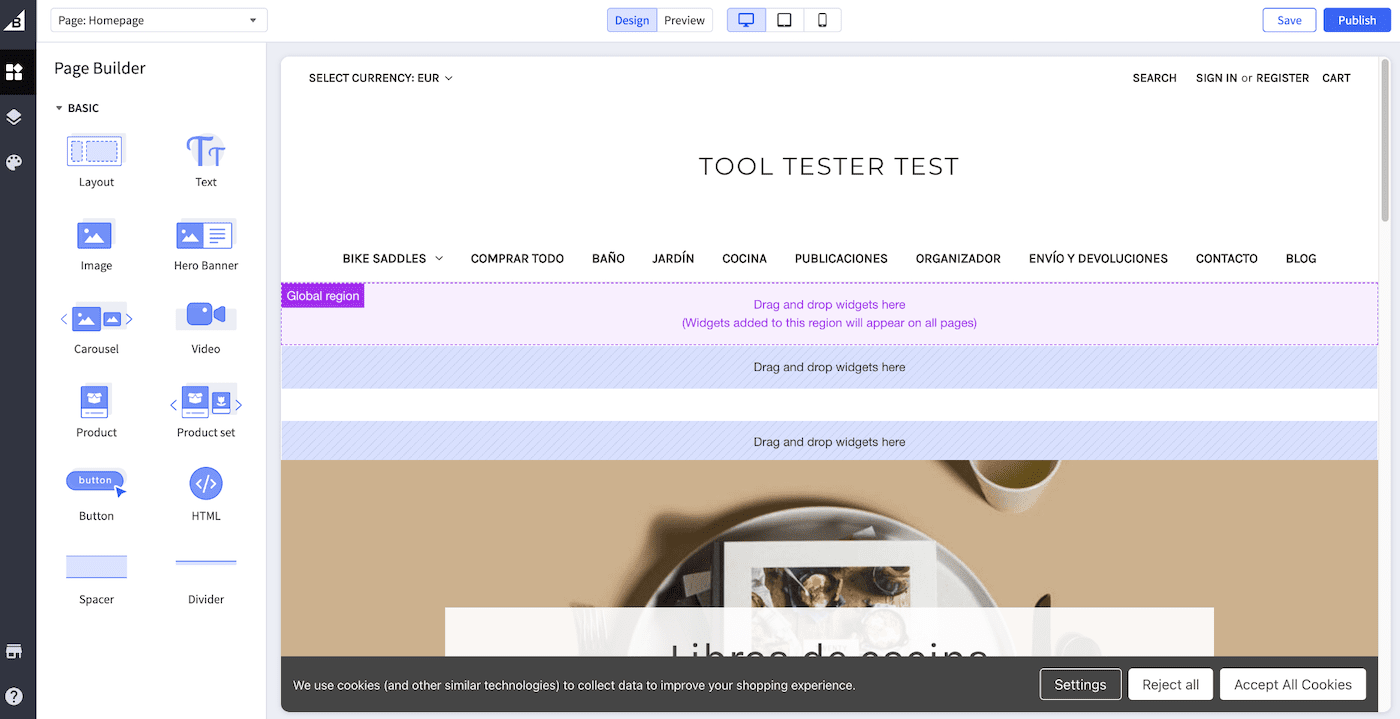
The BigCommerce Page Builder
The Page Builder is perhaps not as intuitive as other editors (e.g. Shopify). And it doesn’t give you quite as many options (e.g. there are fewer fonts than Shopify) or as many widgets (contact form, email sign up etc.), as other editors.
However, as you’ll find with most ecommerce platforms, these types of page designers always take some getting used to. And despite its limitations, there are still plenty of options to make significant visual customizations with the BigCommerce version.
Also: don’t forget that if you’re prepared to get under the hood and edit the code (or pay someone else to), there is no end to the customizations you can make, as you also get access to all the source code.
In general, BigCommerce does tend to have a reputation as being more difficult to use than other ecommerce platforms. However, I think this reputation is a little unfair.
When I was testing it extensively for this BigCommerce review, I didn’t find it more difficult to use than Shopify for example, and it’s a walk in the park when compared to CMSs like WordPress (and WooCommerce).
And the great thing is when you do run into problems, their customer support is excellent (more on this later).
BigCommerce Features Review
It would be very disappointing if BigCommerce was easy to use but lacking in useful features! Luckily that’s not the case though.
In this section, we’ll take an in-depth look at all the different features BigCommerce offers to build and run your online store, including:
- Design Features (Themes)
- Ecommerce Features
- Marketing Features
- Analytics and Reporting Tools
- Blog and Content Creation Tools
- SEO Features
- Security and Backups
- BigCommerce App Store
BigCommerce Design Features (Themes)
The general visual appearance of each BigCommerce store is determined by the theme that’s associated with it. You can change themes with the click of a button, and there’s lots of themes to choose from in the BigCommerce Theme Marketplace.
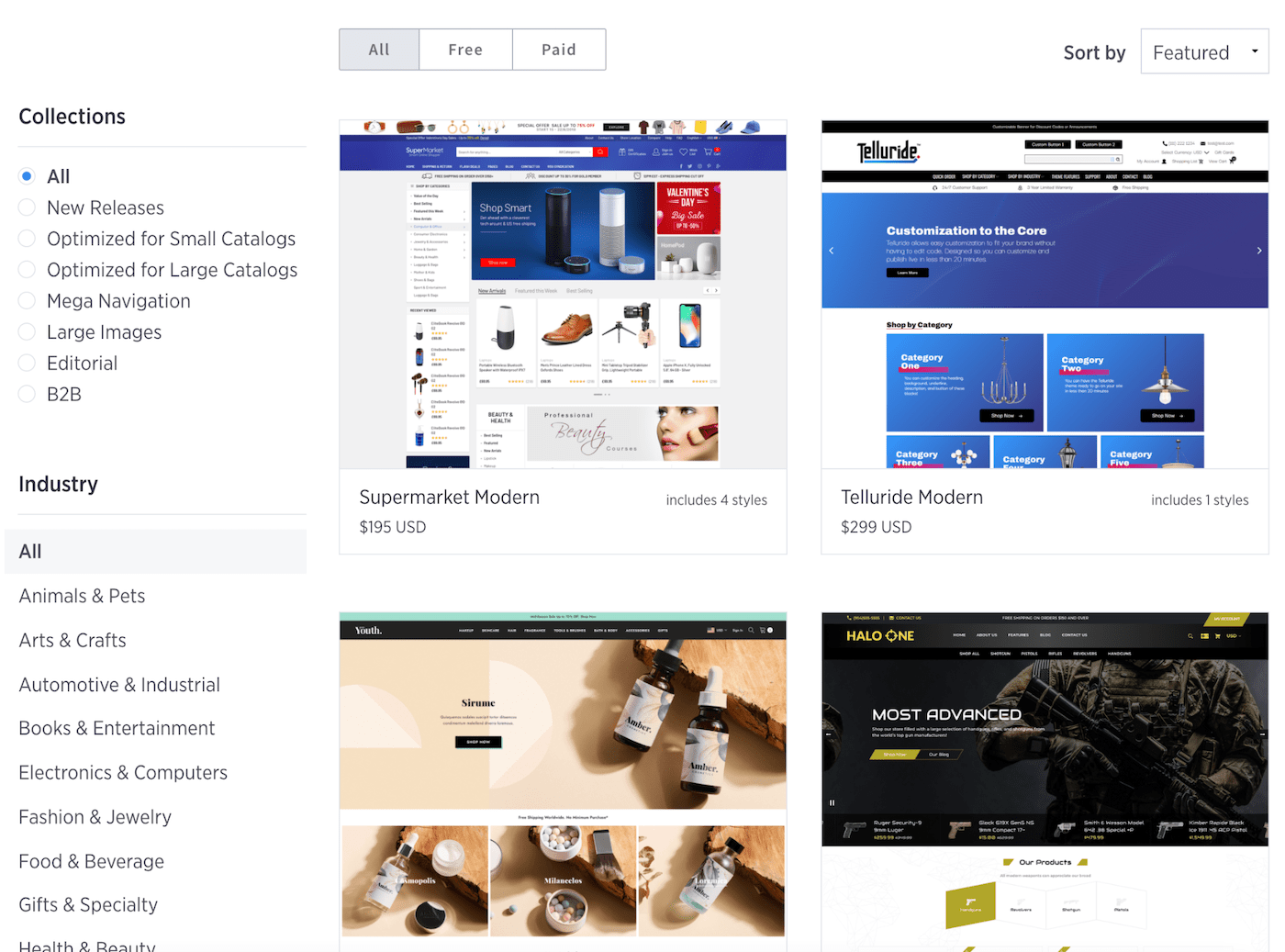
BigCommerce Theme Marketplace
At first glance, BigCommerce seems to provide 12 free themes and 191 paid themes, which range in price from $150 to $300. However, a closer inspection reveals that these numbers include multiple variations (“styles”) of the same themes.
So in actual fact there are just 5 distinct free themes and significantly less than 191 paid themes! That there are fewer themes than it initially appears obviously isn’t great. But when you install a theme, all its variations will be included, so you’ll usually get several extra styles to play with.
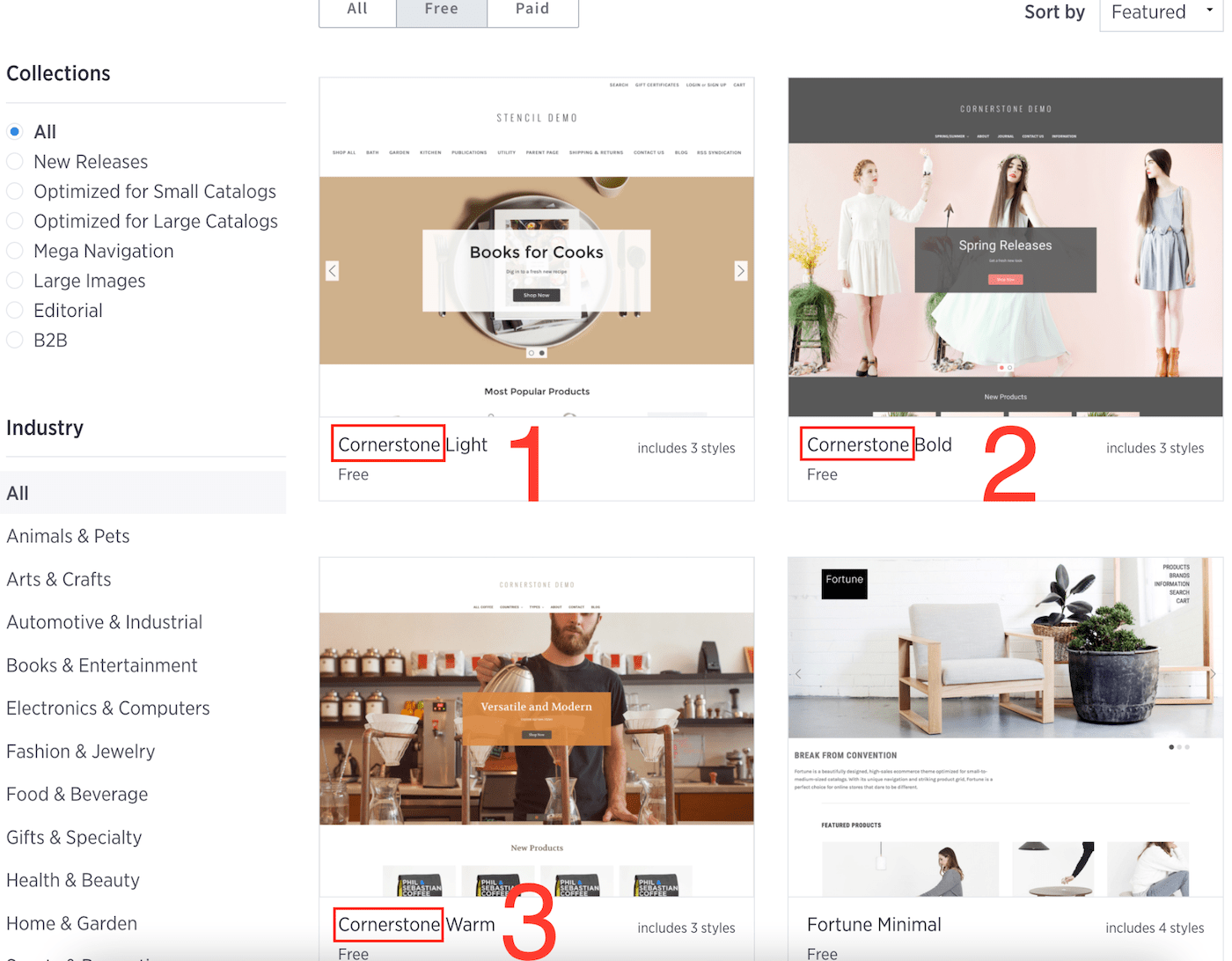
Many themes are simply variations of others
The 2 or 3 different styles which come with each theme tend to offer the sort of visual variations you could create yourself in the Page Builder, but it’s nice to have these styles produced by professional designers and ready to use.
All the themes are responsive, so you don’t have to worry about how they’re going to look on mobile devices. And you have complete access to the source files, so you can edit them as you choose.
In general, the BigCommerce themes don’t look quite as modern and sleek as some of their competitors (e.g. Shopify and Squarespace). However, there should be enough of them to find something that matches your vision.
Personally, I think it would be easier to make a choice if there were options to filter the available themes by style (e.g. minimal, colorful, modern, traditional, muted, bold etc.) as well as industry (e.g. Arts & Crafts, Automotive & Industrial etc.) – this is something other online store and website builders do.

An example theme
And if you can’t find a theme you like in the BigCommerce Theme Marketplace, bear in mind that you can also buy BigCommerce themes from third-party marketplaces like themeforest where you can pick some of them up for less than $40.
For this BigCommerce review, I didn’t test any the themes from the third party marketplaces, but I have used such themes before. In my experience, it’s best to really do your research here. Make sure you read the user reviews carefully and find out the level of customer supoort you will get.
BigCommerce Ecommerce Features
BigCommerce really shines when it comes to ecommerce features, offering a depth and breadth of options that’s unmatched by any of its competitors. Sometimes the sheer scale of what you can do feels overwhelming, but ultimately I found that it’s worth the learning curve.
Adding and Managing Products
Adding products in BigCommerce is pretty straightforward. You can import them in bulk from a CSV file (which can be exported from any spreadsheet or other ecommerce platforms). Or you can add them one by one through the BigCommerce interface.
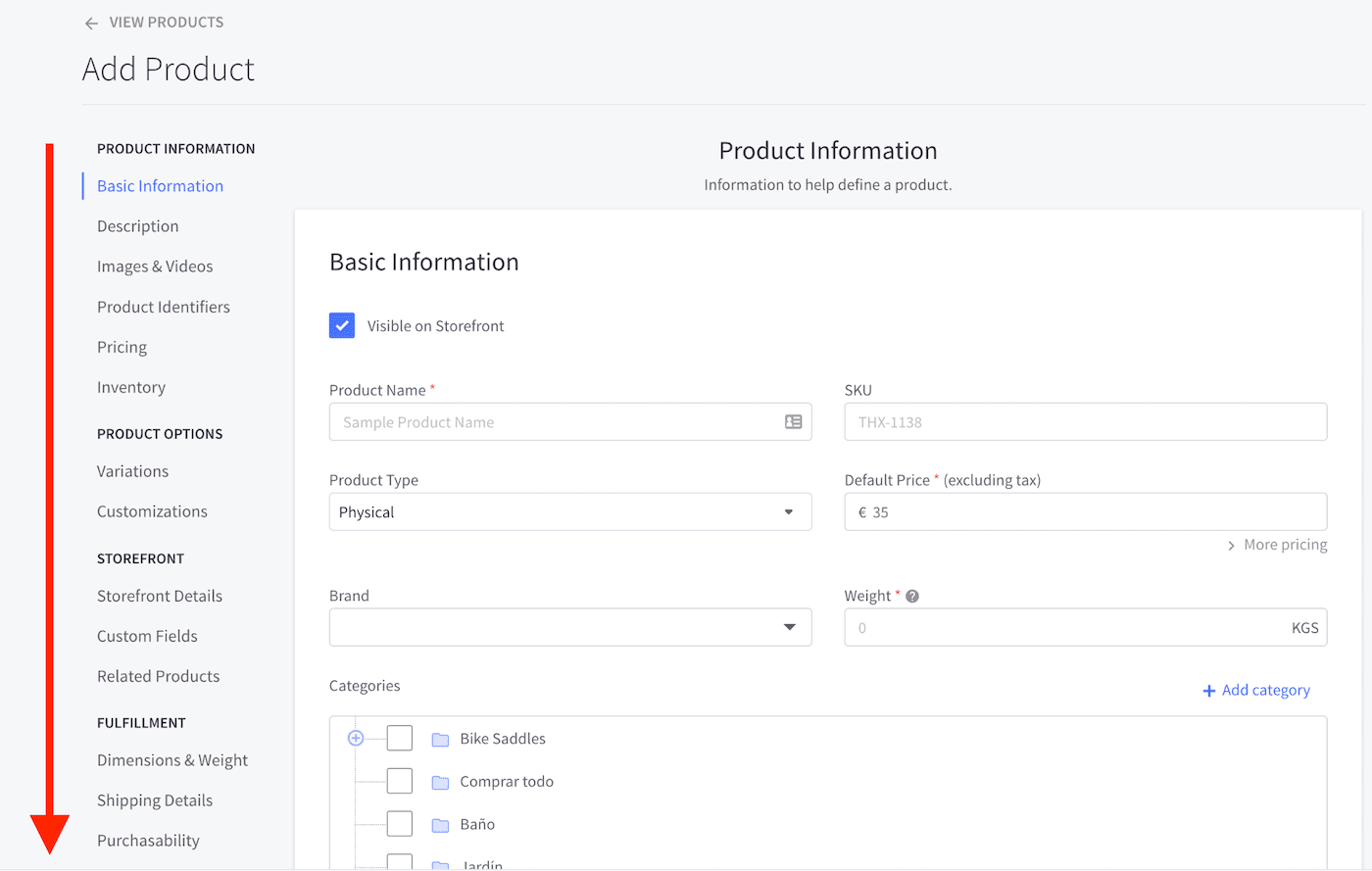
You can add tons of details for each product
You can add a ton of details to each product including: whether it’s a physical or digital product, price, weight, dimensions, brand, category, description, images, videos, product identifiers (SKU etc.), sale and bulk pricing, tax classification, shipping details, gift wrapping etc.
For each product, you can also add up to 250 product options (size, color, material etc.), which contrasts with the limited number of variants you can add with other ecommerce platforms (e.g. Shopify which limits you to 3 unless you use a plugin!).
You can use these options to create up to 600 variants of each product. For example, a “large, red sweater” would be one product variant, defined by two product options (size and color). In contrast, Shopify limits you to 250 product variants.
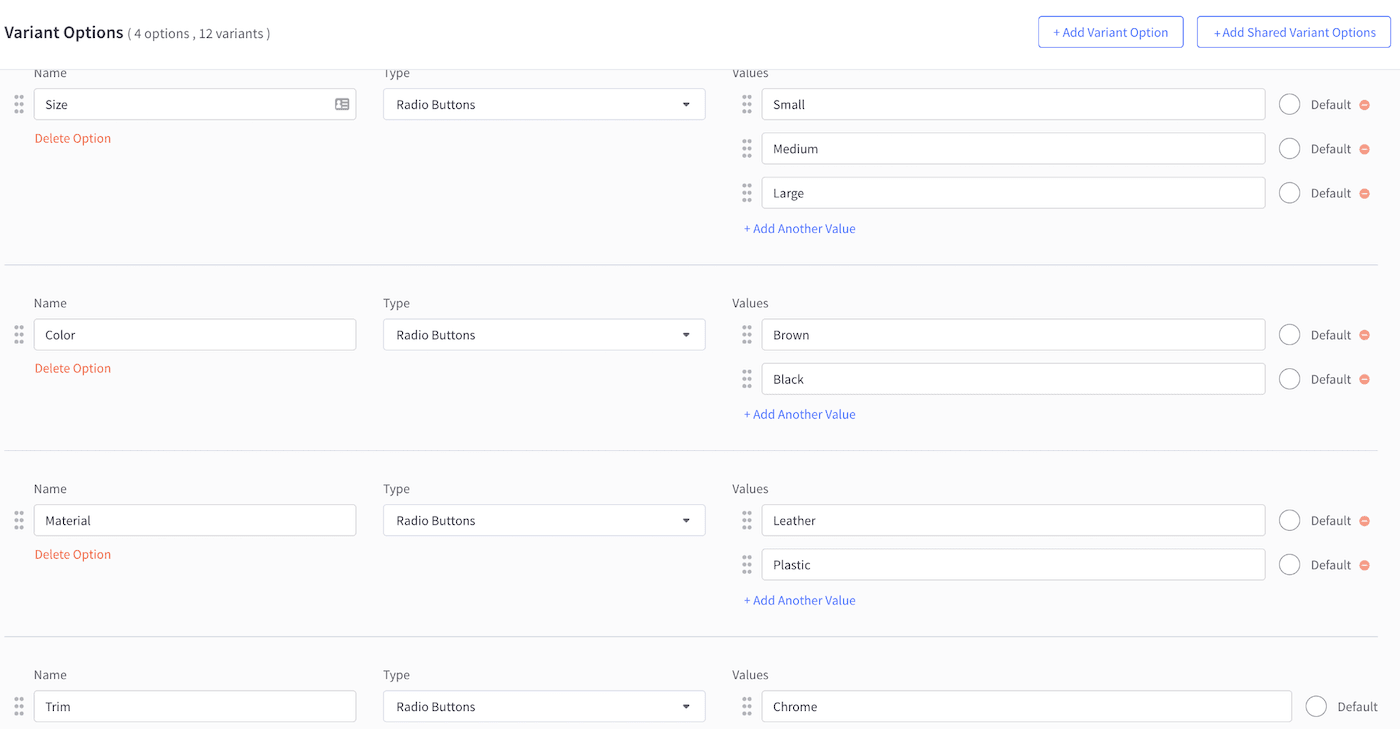
You can also add up to 250 options for each product
This obviously makes BigCommerce a good choice if you want to sell products that have multiple possible variations:
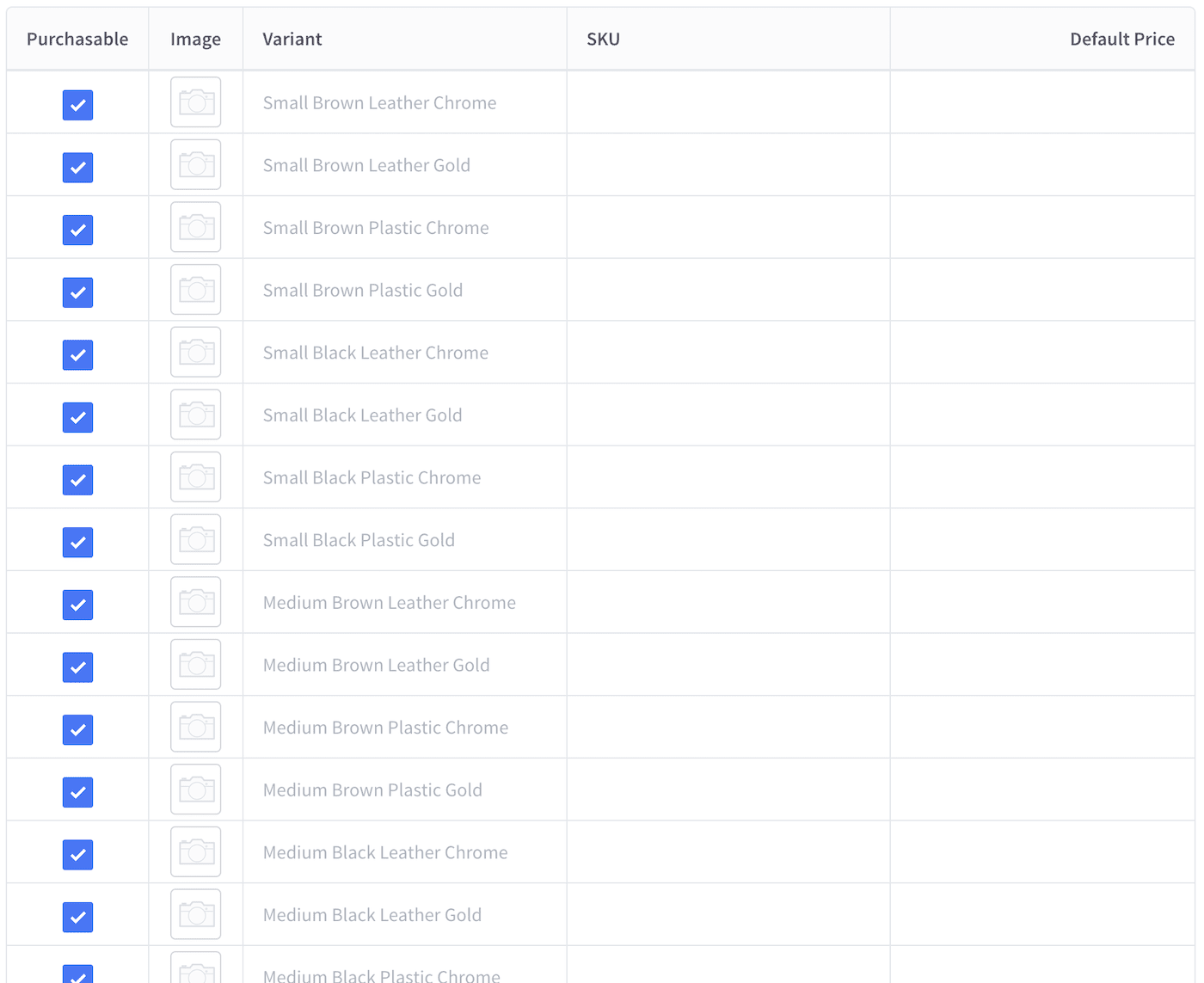
And create up to 600 product variants
BigCommerce also natively supports customizations, so that a customer can specify custom attributes that they would like added to their purchase (for example, personal engravings on jewelry).
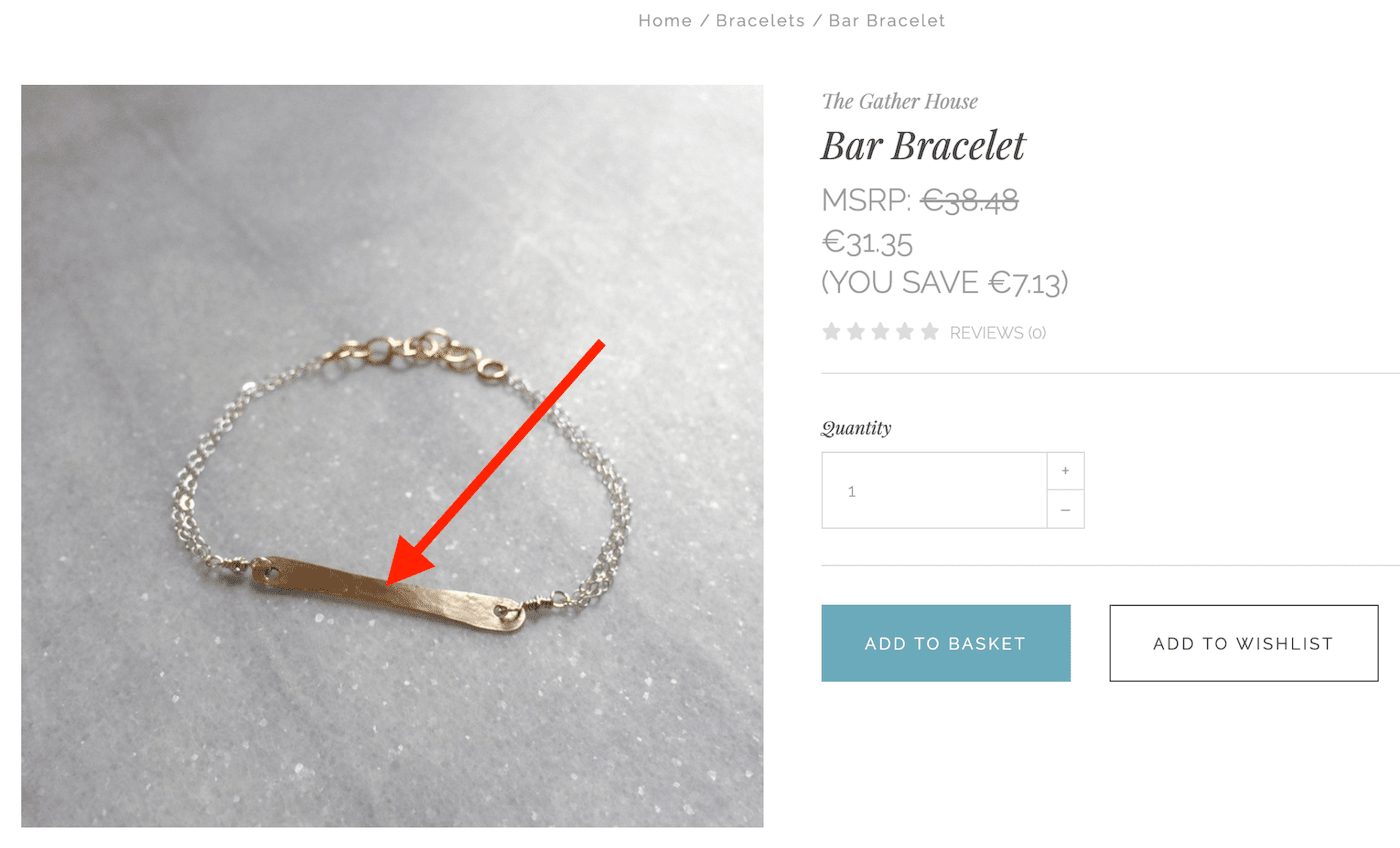
It’s easy to let customers add customisations such as personal engraving
Beyond that, there is also the ability to add custom fields to products to show any extra information about a product, as required.
If you want to sell subscriptions or implement recurring payments, then you’ll need to add an app (which is typically free to install but will charge you a small percentage of each transaction). It’s the same situation with Shopify. Wix, on the other hand, includes this feature.
But overall, BigCommerce offers an incredible range of options for adding and managing products, usually without needing to install apps or pay extra. Compared to the competition, it’s one of the fully featured platforms in that respect.
BigCommerce Categories
It’s very easy to create categories and subcategories in BigCommerce. And each category or subcategory is assigned its own webpage which you have total control over (in terms of content, design and SEO).
Then, when you add each product to your BigCommerce store, you have the option to assign it to one or more categories or subcategories.
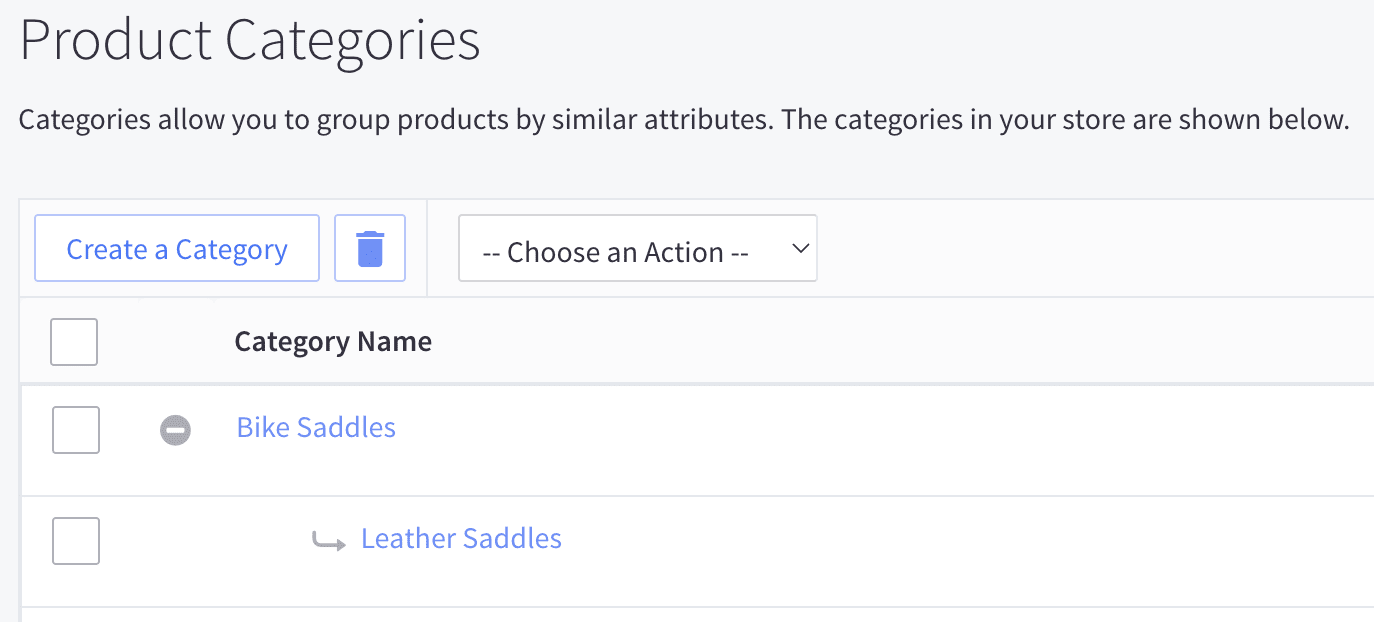
Product categories and sub categories are quite intuitive
However, if you create a new category (or sub category) and want to move multiple existing products into that category in one go, there’s no easy way to do it.
When I was trying to do this as part of my BigCommerce review, I had to export the products to a CSV, file, edit them there and then re-import them.
This contrasts with Shopify, which allows you to automatically add products to categories based on certain conditions being met. However, on the other hand, Shopify doesn’t even support subcategories without the use of an app!
Multi Currency Features
Setting up multi currency payments in BigCommerce is super easy (especially compared to Shopify). All you have to do is:
- add a currency in the store settings
- set the prices to be hard-coded or calculated through an exchange rate
- make sure you have a payment provider set up to accept that currency.
With most BigCommerce themes, you will then immediately see a dropdown on the storefront where a customer can choose which currency they want to see the prices in. Easy!
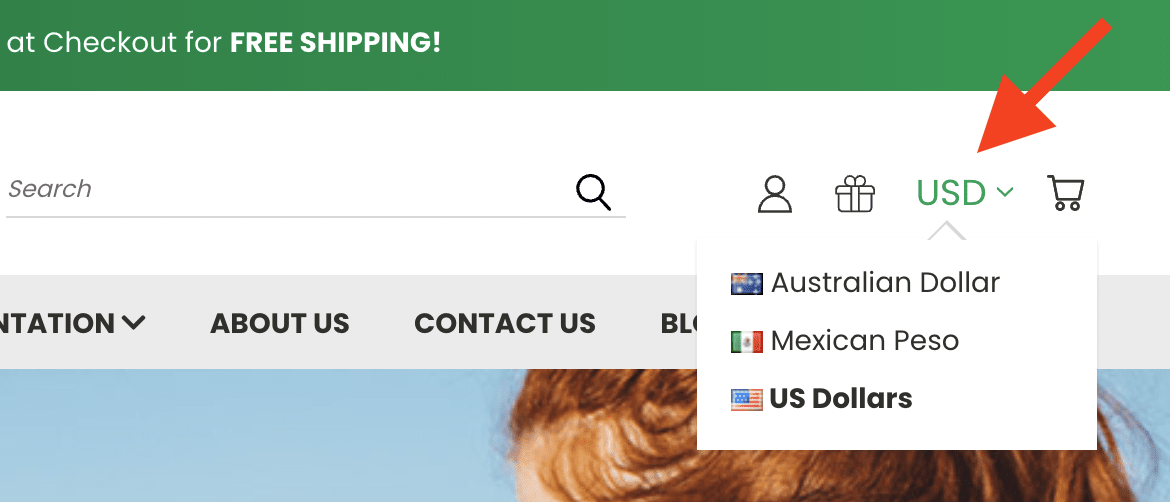
It’s simple to set up multicurrency functionality
As the vendor, you can also choose whether the customer is actually charged in that currency or whether it’s for display only and the customer is actually charged in the default currency.
Multilingual Features
Unfortunately, creating a multilingual online store with BigCommerce is a bit more complicated than creating a multi currency online store (especially compared to Shopify).
You can set the store’s default language, and whether or not the language displayed should be determined by the shopper’s browser settings. But to actually implement a multi-language store, you’re entirely dependent on an external app like Weglot.
The downside of this is obviously the extra cost (Weglot prices start at $21 a month). However, on the plus side, Weglot is a highly regarded, easy to set up app, which supports over 100 languages, and both automatic and human translations.
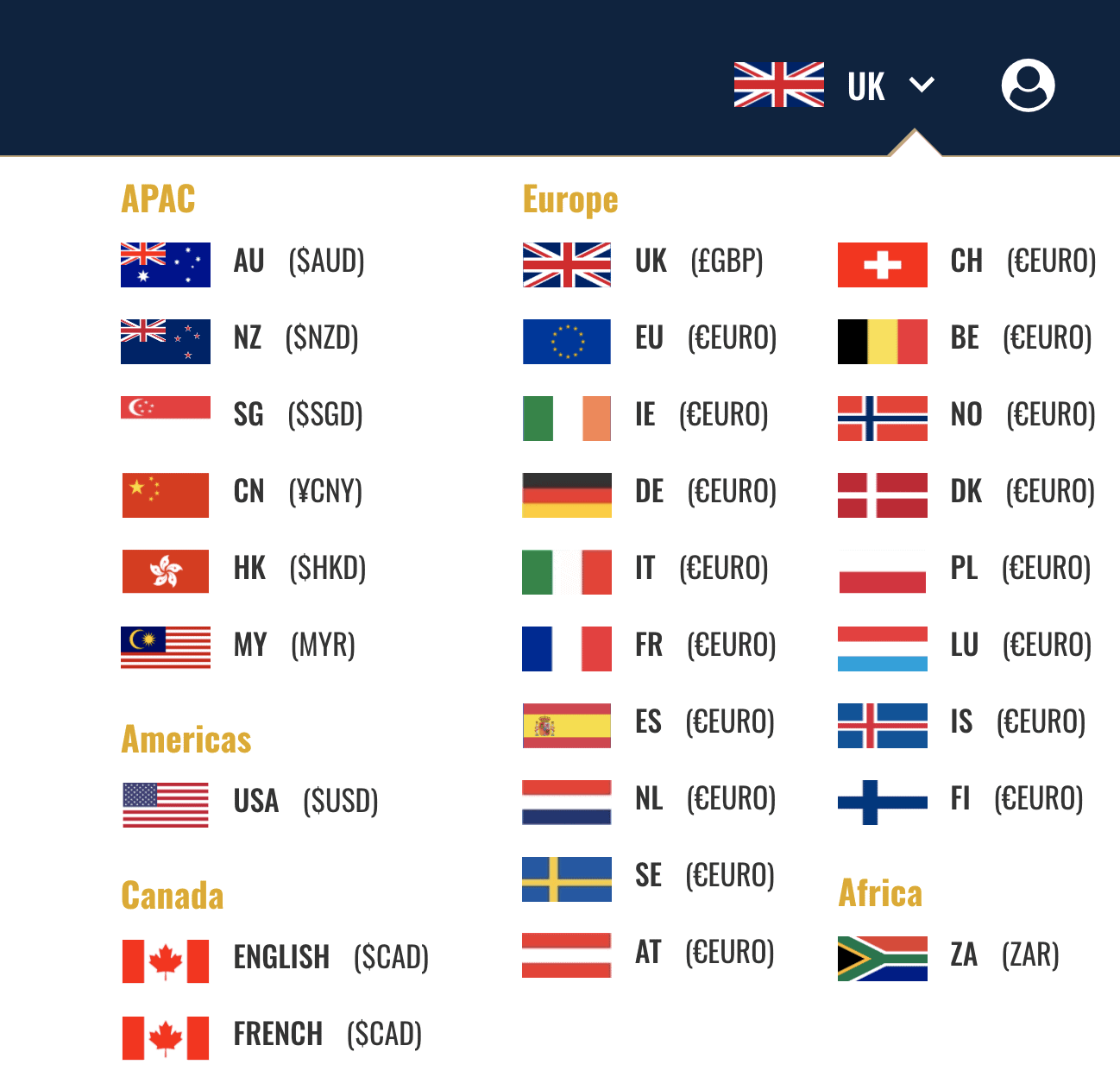
You will need an app to set up multilingual functionality
With Shopify, you’re limited to 20 languages, and you’ll need to organize the translations yourself. But there’s no need for the extra cost of an app, so I think this is an area BigCommerce needs to improve.
And since multi currency and multilingual functionality tend to go hand in hand, the fact that BigCommerce only offers one of them as part of its core functionality, is particularly frustrating!
Payment Gateways and Transaction Fees
Payment Gateways are third-party companies that enable you to take electronic payments (via credit cards etc.), from your customers. Without payment gateways, your ecommerce store won’t be able to make transactions online.
BigCommerce supports over 65 payment gateways out-of-the-box and your customers will be able to pay with a wide range of credit cards, debit cards, and digital and mobile wallets. All the major players are supported, plus many you’ve probably never heard of!
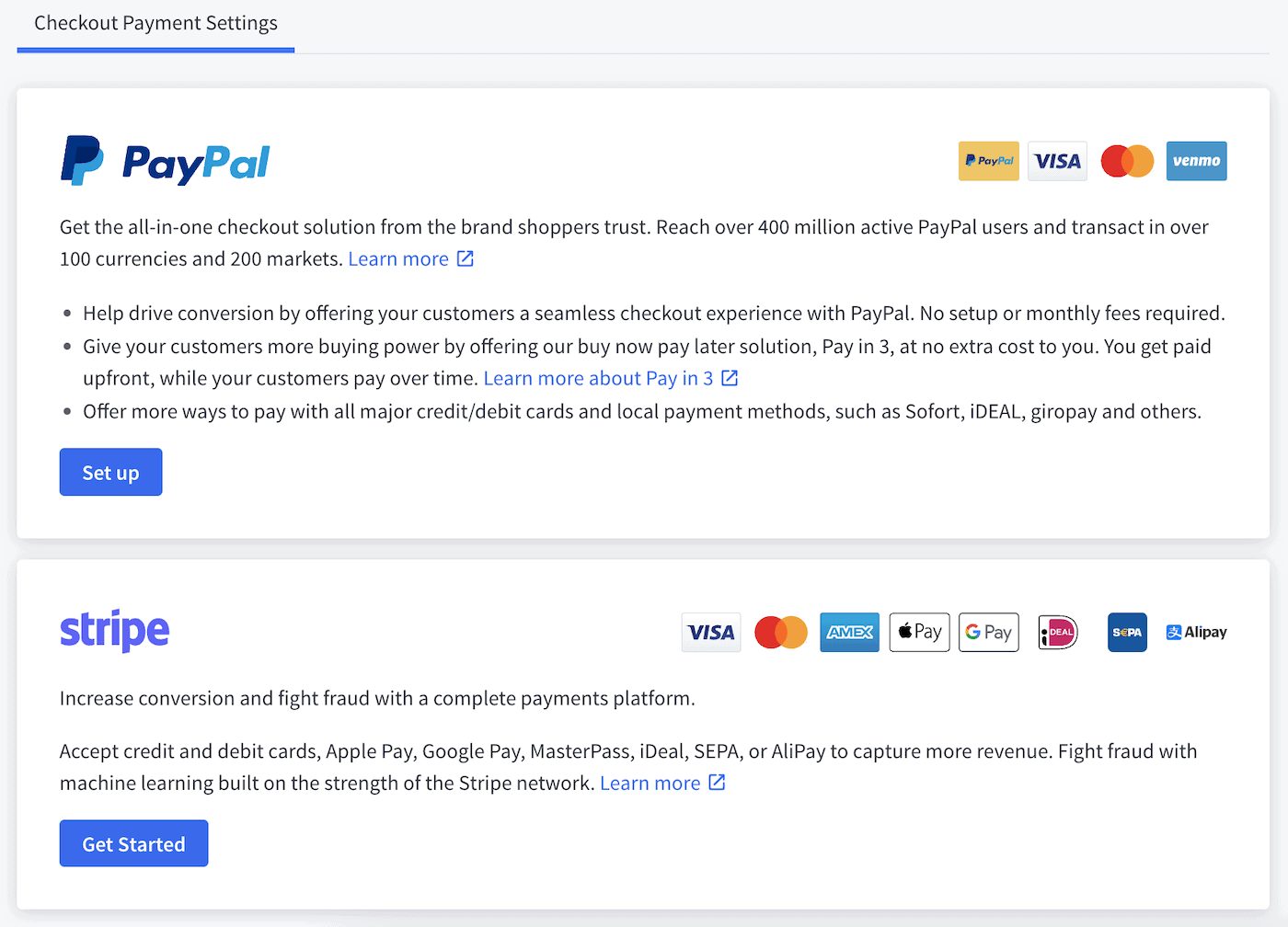
Paypal and Stripe and the default payment gateways
The default payment gateway in BigCommerce is PayPal (powered by Braintree), which allows customers to pay directly with cards, wallets or their PayPal account, through a one page, optimized check-out experience, that’s seamlessly integrated into your store.
All payment gateways charge transaction fees on purchases (and/or monthly subscription fees). However, if you use PayPal, you get preferential transaction rates, which vary according to which BigCommerce Plan you’re on:
- 2.59% + $0.49 (Standard)
- 2.35% + $0.49 (Plus)
- 2.05% + $0.49 (Pro)
- 2.09% + $0.49 or lower (Enterprise)
Other popular payment gateways that are supported include Stripe, Square, Sezzle, Authorize.Net and Adyen. And of course digital wallets such as Google Pay, Apple Pay and Masterplan are also supported.
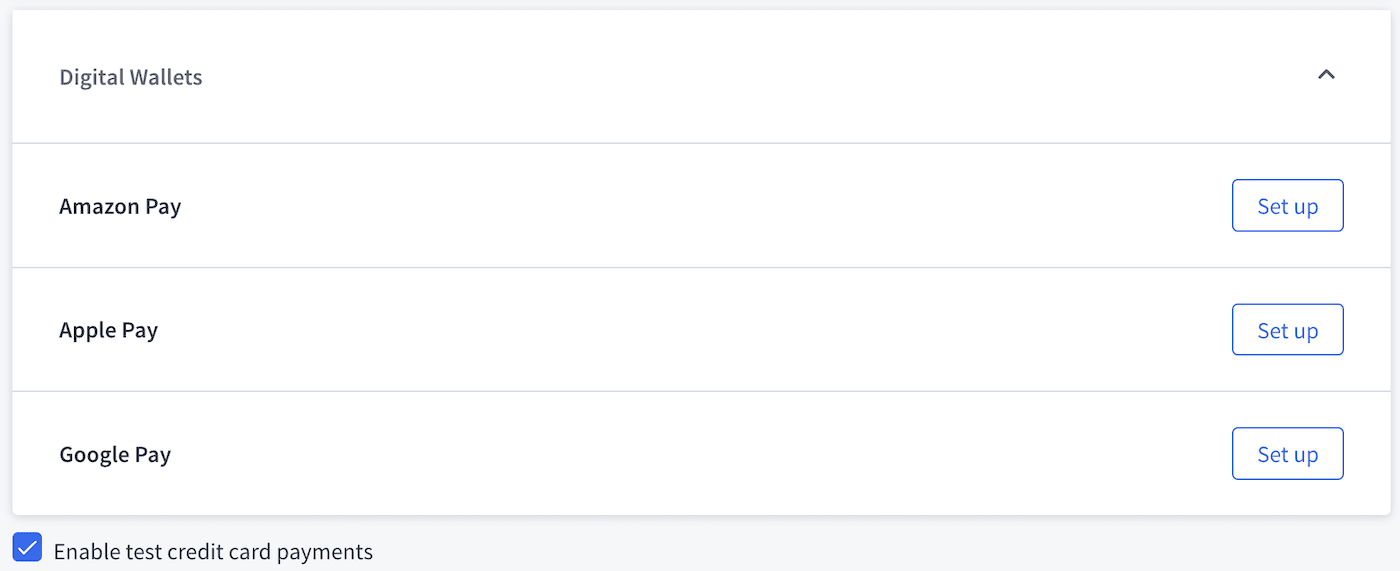
BigCommerce supports all the major digital wallets
Some payment gateways can be a bit of a hassle to set up. However, it’s worth shopping around as fees and features vary, and you may find that one is more beneficial to your business than others.
Be aware that some payment gateways aren’t available in all regions – for instance, Square isn’t available in most European countries, but Stripe is.
Offline Transactions
BigCommerce also supports offline transactions through bank deposits, cash on delivery, check, money order or payment in store.
Unlike Shopify, BigCommerce doesn’t offer its own POS (Point of Sale) solution for selling products offline (for example in a bricks and mortar store or a market stall). Instead, it integrates with third-party providers who specialize in this area.
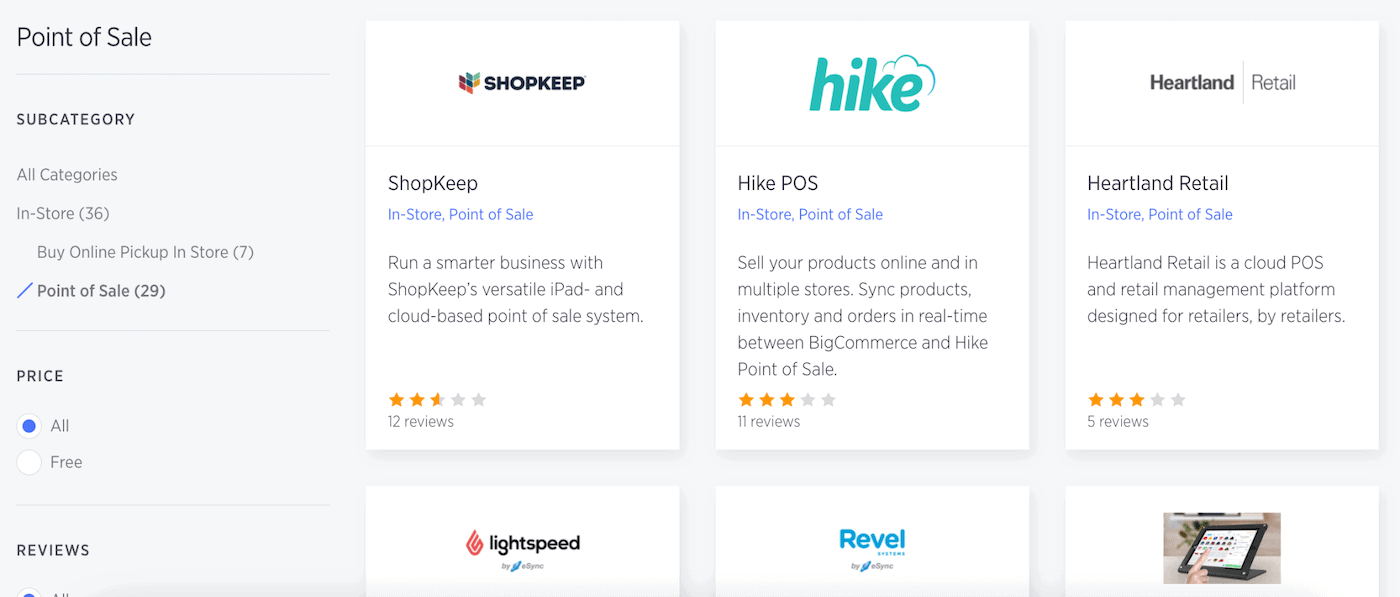
You will need to buy an app for Point of Sale functionality
The third-party POS solutions that integrate with BigCommerce include Square, Clover, ShopKeep, Lightspeed Retail, plus several more, and these solutions provide apps that will smoothly sync your offline and online business.
Shipping with BigCommerce
Shipping can be a complicated and frustrating experience for both sellers and buyers. Luckily, BigCommerce provides a ton of native shipping options and great integration with the shipping carriers themselves.
In BigCommerce, shipping is controlled through the “Shipping Manager” area. Here, you can set up a whole host of options, including:
- Free shipping
- Flat rate shipping (fixed cost per order or item)
- Ship by (cost based on order value or weight)
- Pick up in store
You can set up different shipping options for different individual countries, multiple countries or zones within countries (based on provinces or postcodes). As you can see: you can get really granular here, or keep the shipping rules high level and wide-ranging.
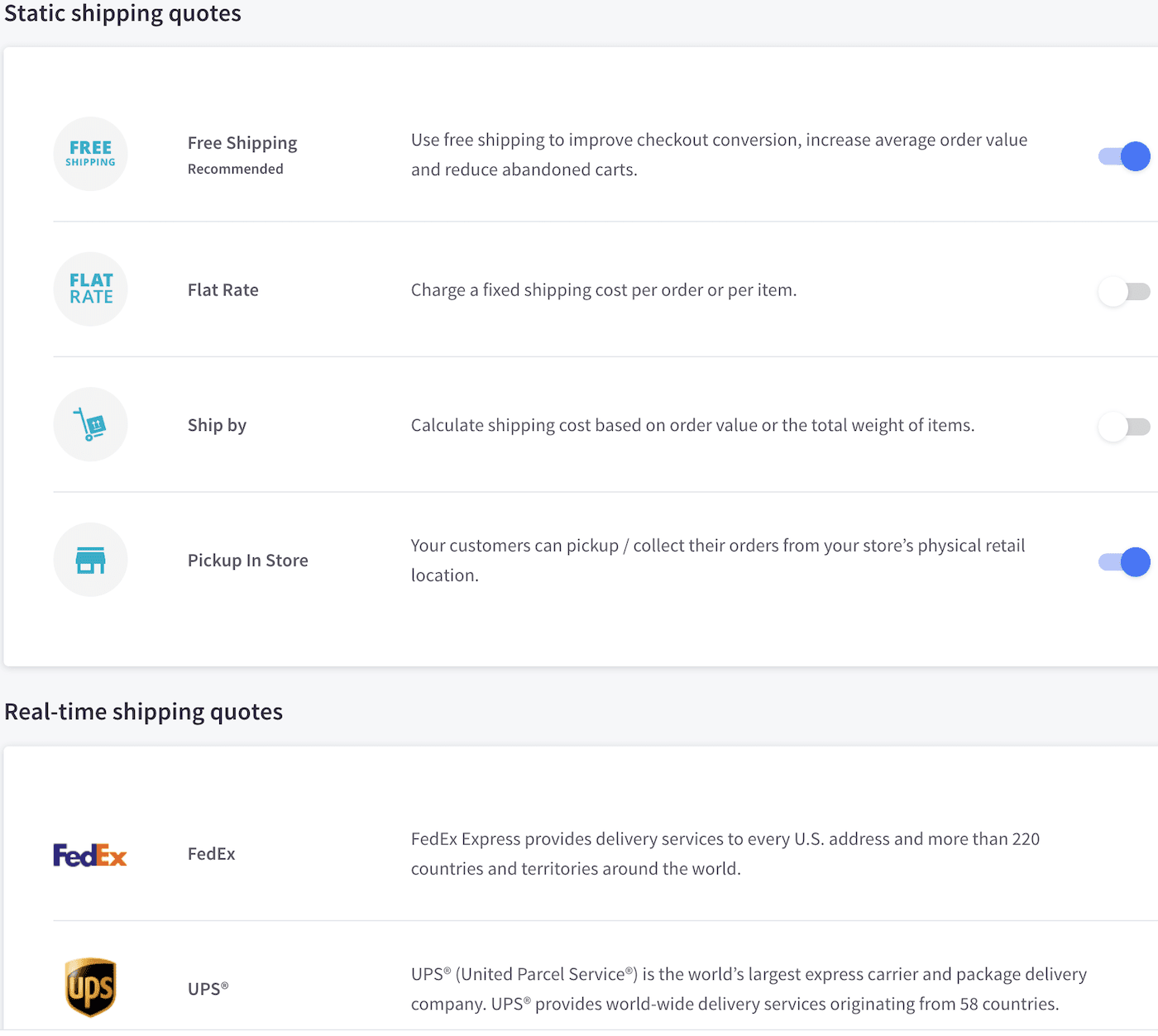
The BigCommerce shipping options are really robust
Unlike its competitors, BigCommerce provides real-time shipping calculations for free on all its plans through integration with the major carriers that operate in the region from which you’re shipping, like UPS, FedEx, etc.
And in case the native shipping features are not enough, BigCommerce integrates well with paid apps such ShipperHQ which offer even more advanced shipping options.
Once you’ve taken an order, it will need to be packaged and labeled ready for shipping. The shipping label proves you’ve paid the correct postage and contains important information such as where the package should be shipped to! All of which are particular to the carrier.
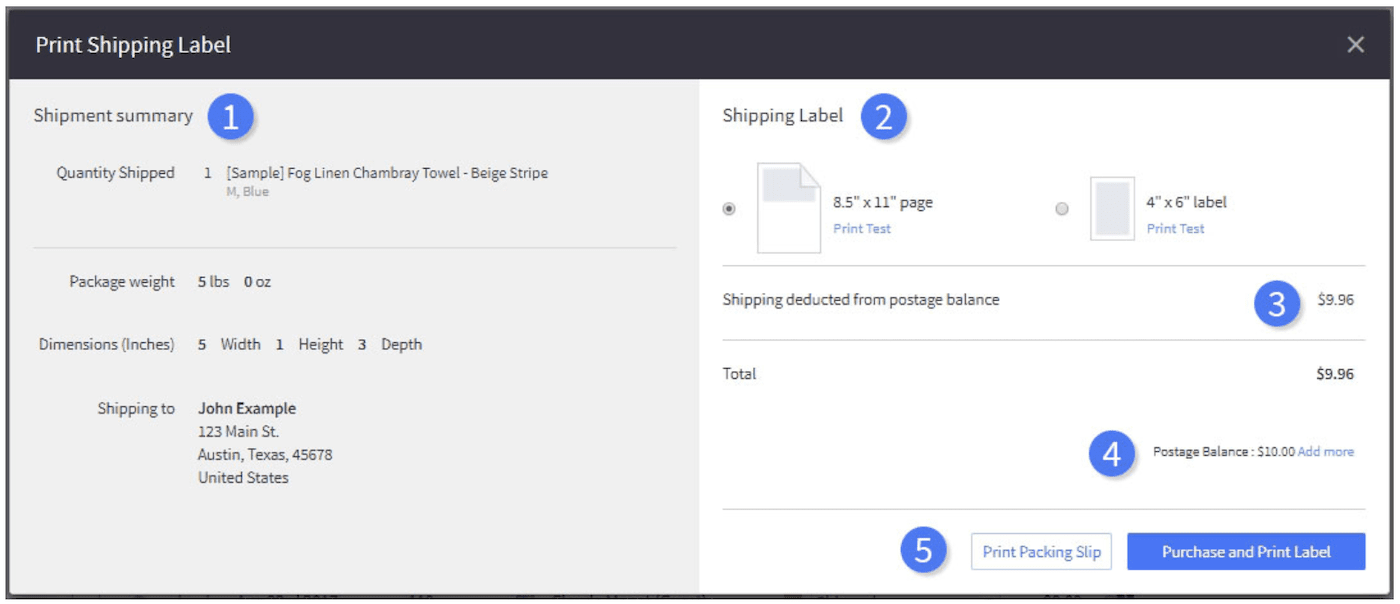
Printing shipping labels
If you ship from the US, BigCommerce includes integration with “USPS by Endicia”, which enables you to print shipping labels for this carrier for free. This is a bit of a lifesaver: can you imagine having to manually write the address and add the stamps for each package?!
Otherwise, you’ll need to use a paid app such as ShipStation which costs $9 a month.
Drop-shipping with BigCommerce
Drop-shipping is a business model which allows you to sell products without actually keeping them in stock. Instead, a third-party stores the products and is also responsible for shipping them once you’ve sold them.
BigCommerce supports drop-shipping through the use of third party apps such as AliExpress Dropshipping, Printful, Inventory Source, etc. However, I think other platforms such as Shopify offer more apps and better support for this business model, (in fact Shopify has its own dropshipping solution, Oberlo).
BigCommerce and Taxes
BigCommerce gives you complete manual control over the tax rules for your ecommerce store. You can set up tax rules for groups of countries, individual countries and regions within countries.
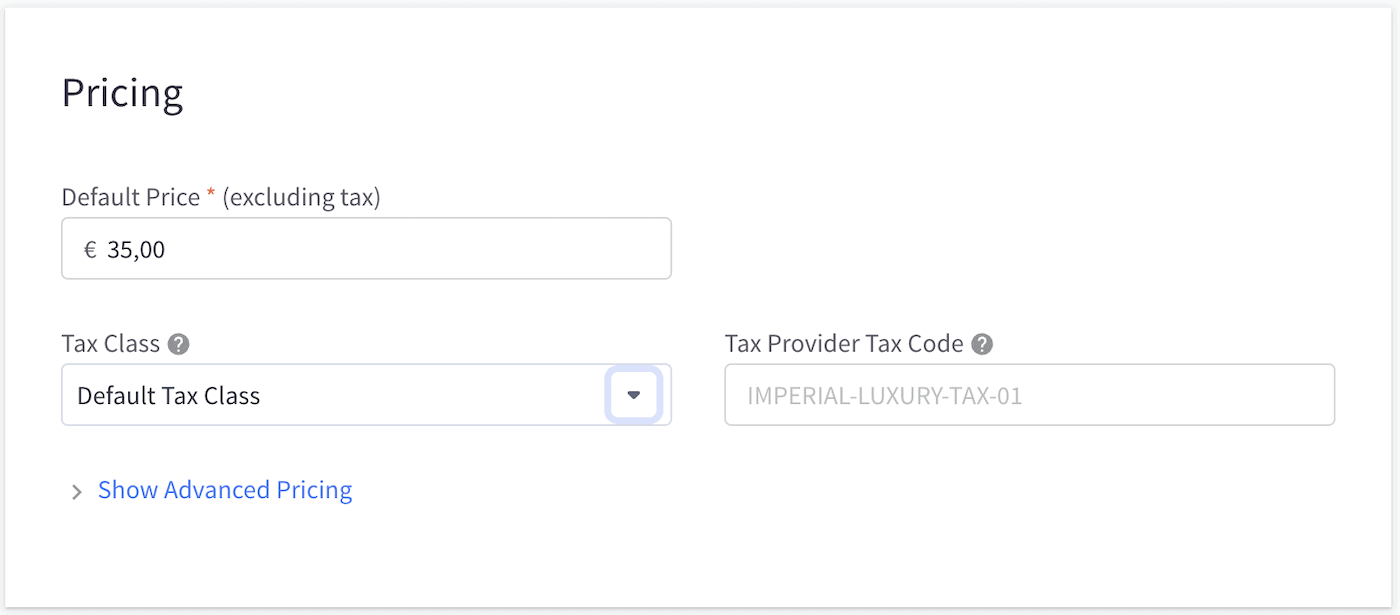
You get complete control over the tax settings for each product
You can choose to show product prices inclusive or exclusive of tax, and to show or hide taxes in shopping carts and invoices. And you can also create different tax classes which can be applied to individual products (for example, some products might be non-taxable).
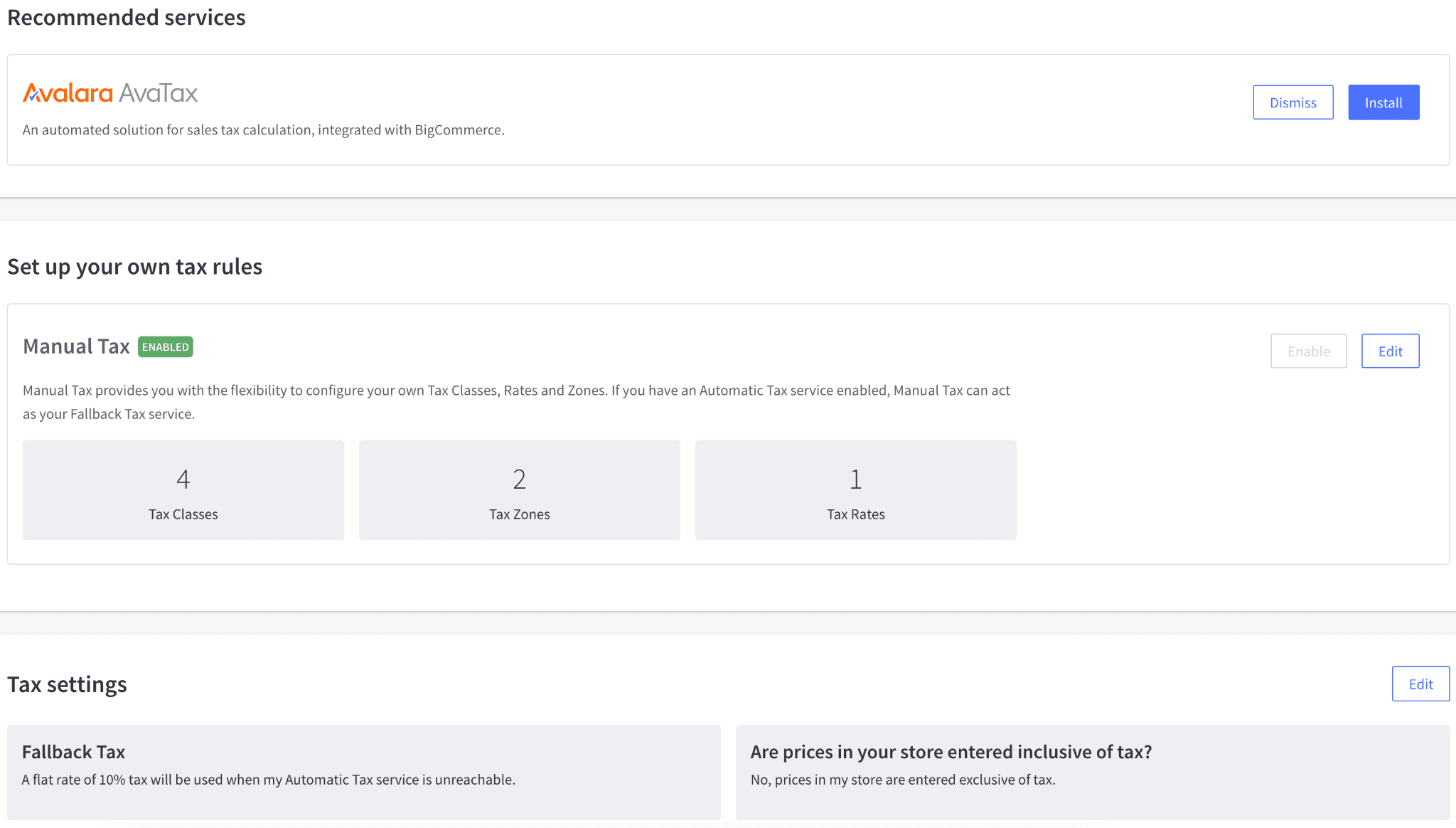
You can also set tax rules at a higher level
Compared to other ecommerce platforms (such as Shopify), BigCommerce seems to offer more features and more control over your tax rules, out-of-the-box. However, the amount of options can be overwhelming, and they are perhaps not as easy to understand as other platforms.
For more advanced (and more automated) tax rules, you can use an external app such as Avalara AvaTax, which is free for the first 5,000 transactions and supports every major country except Brazil and India. I do want to point out that a few users were complaining about a lack of customer support from Avalara in the app store.
BigCommerce and Other Sales Channels
With so many different online platforms to sell products through these days, it’s good to see BigCommerce offering straightforward integration with a wide range of other channels, including:
- Amazon
- Ebay
- TikTok
- Google Shopping
- Wish
- Walmart
Most of these require you to install a free app such as Codisto, but this is pretty easy and once it’s set up you’ll be able to seamlessly sell or promote your products across these channels while managing everything through BigCommerce. Sweet!
BigCommerce Marketing Features Review
Beyond the tools that BigCommerce provides to set up your store and sell your products, it also has a range of features to help with your in-store marketing efforts. Let’s take a look at those now…
Promotional Banners
You can create simple banners to highlight special deals and promotions. These banners can be scheduled to appear at either the top or the bottom of different pages (homepage, specific categories or brands, search results) over particular time frames.

Promotiomal banners are basic
I found the positioning of these banners (at the top or the bottom of the page) to be pretty basic when I was testing them for this BigCommerce review. If you want something more fancy, such as popups, overlays, sidebars etc., you’ll need to add an app.
Promotional Discounts
It’s also really easy to set up promotional discounts (e.g. free shipping for orders over a certain value) with every imaginable type of offer catered for.
These promotions can be automatic or dependent on coupon codes. There’s a whole load of built-in options such as different types of discounts, targeting specific customer groups, time periods and complementary banner promotions.
Gift Certificates
BigCommerce also allows you to set up Gift Certificates for your store, enabling customers to purchase credits for friends and family according to the currencies, the amounts and with the expiration dates (if any) you specify.
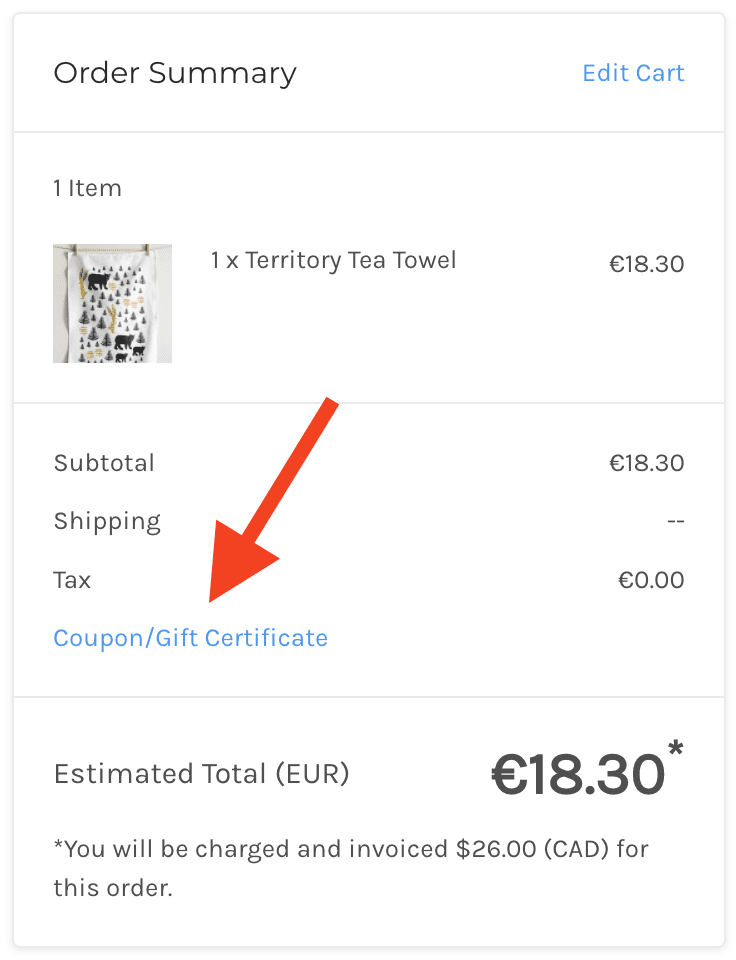
Coupons and Gift Certificates
Email Marketing
You’ll get some very rudimentary email marketing functionality with BigCommerce, which basically amounts to the ability to save the customer details from the built-in newsletter signup forms on the checkout page and elsewhere on your site.
For proper email marketing tools, you’ll need to install an app to integrate with a third-party suite such as MailChimp, Omnisend or Active Campaign (check out this article to find the best email marketing services). There are over 30 email marketing apps in the marketplace, so there’s plenty to choose from.
This is in contrast to other ecommerce platforms like Shopify, Wix and Squarespace, which at least allow you to host a proper mailing list and send out newsletters as part of their core functionality. They might be basic, but it’s better than nothing!
Abandoned Cart Emails
An “abandoned cart emails” feature is a really valuable asset for any online store. It enables you to send follow-up emails to customers who have added items to their shopping cart but left your website without completing their transaction.
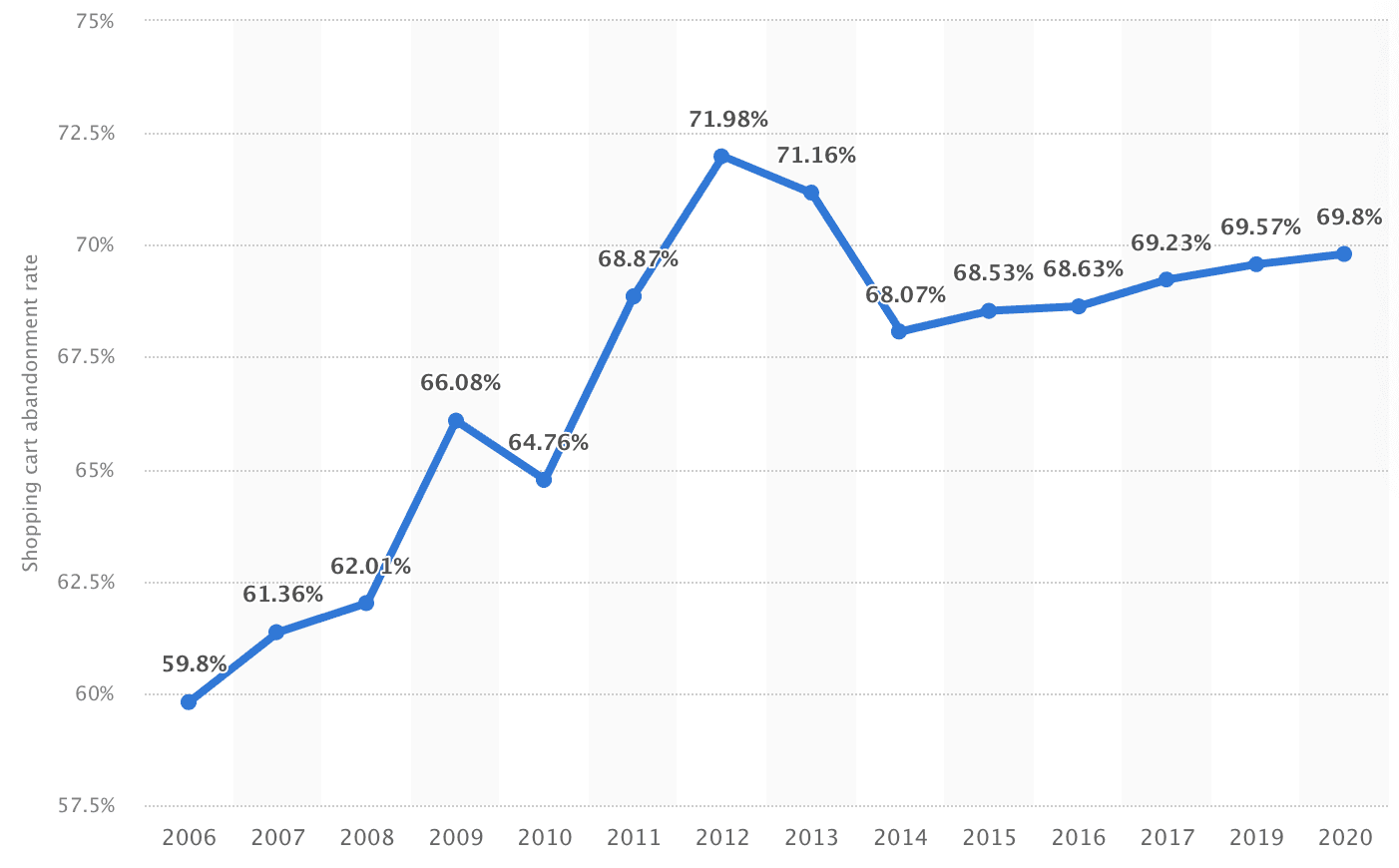
Average Abandoned Cart Rate over time
Research shows that the average cart abandonment rate is 69.57%, and that emails which remind visitors about their abandoned cart and try to tempt them back, can have a success rate of up to 15%. So, there is huge potential to increase your transactions here!
Unfortunately, BigCommerce doesn’t offer abandonment carts emails as part of the cheapest Standard plan; you’ll need the Plus plan or higher. I find this frustrating since it’s such a valuable feature and competitors such as Shopify offer it on all their plans.
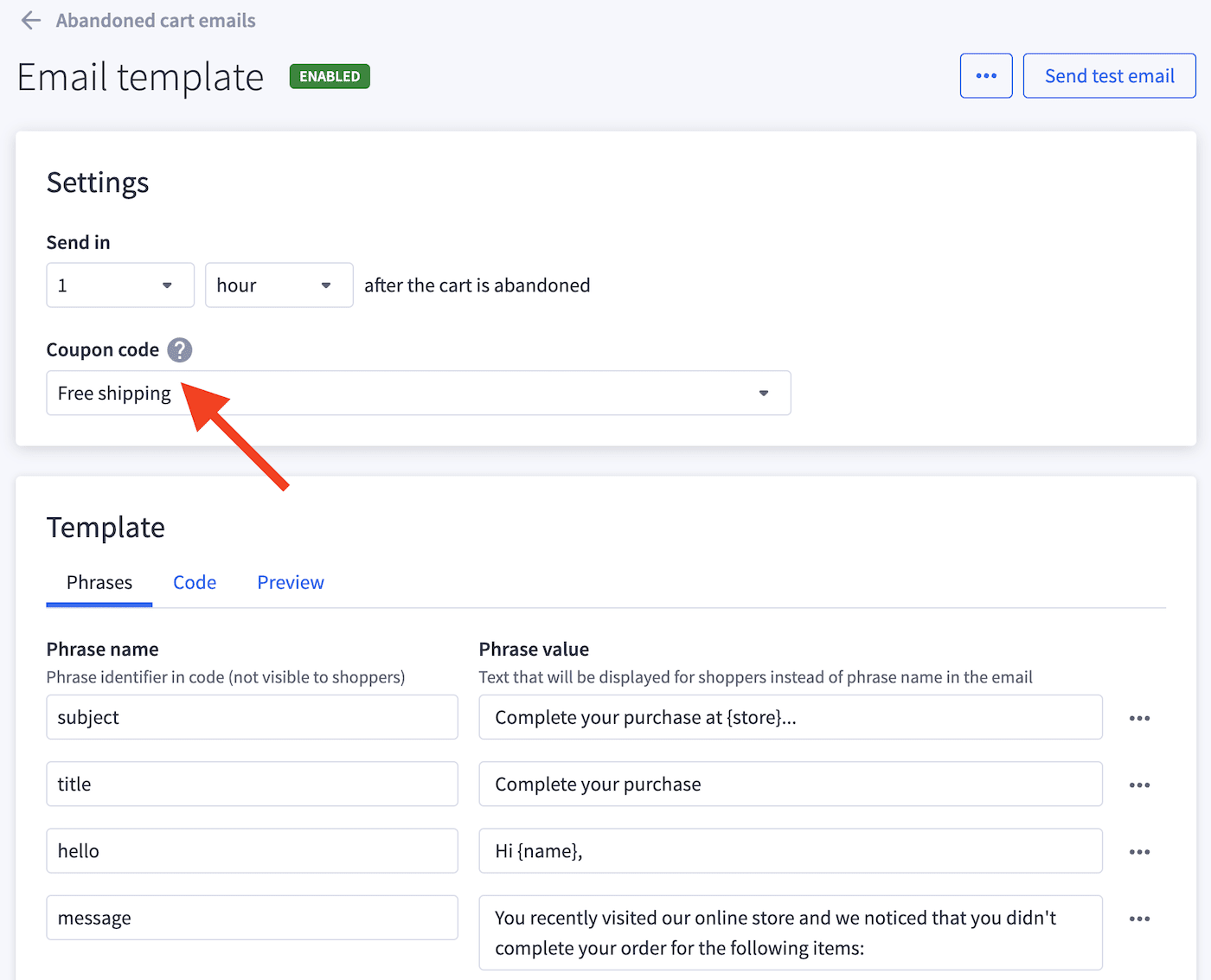
Abandoned Cart Email includes a nice coupon code option
Having said that, the BigCommerce abandoned carts email feature is more advanced than others, with the ability to send up to three emails to the customer at different times and also to include a coupon code to sweeten the reminder with a discount!
You don’t get these extra features with Shopify, for example.
Google Customer Reviews
Another useful feature, that’s only available on the Plus plan or higher, is the ability to collect Google Customer Reviews from people who make purchases from your store. Once a customer’s purchase has been delivered, they will be prompted to review their experience by Google.
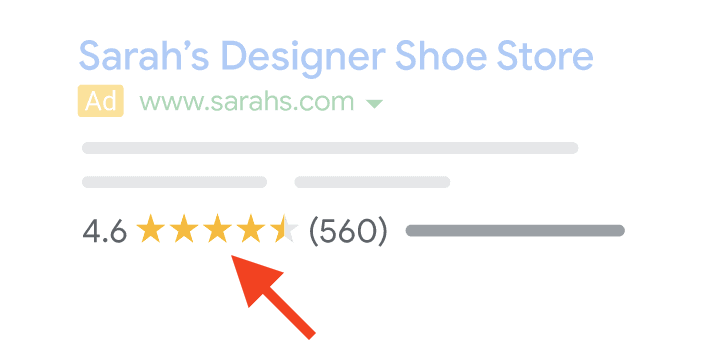
Google Customer Reviews increase conversions!
You’ll need 100 reviews before you’ll get a Google Seller Rating which you can then display on your website, your Search Ads and in Google Shopping. Positive Google Seller ratings can increase your conversions by up to 10%, so this is definitely a feature worth having!
BigCommerce Analytics and Reporting Review
BigCommerce offers a huge range of analytics and reporting features on all price plans. This is in contrast to Shopify, which limits its best analytics and reporting features to the higher priced plans.
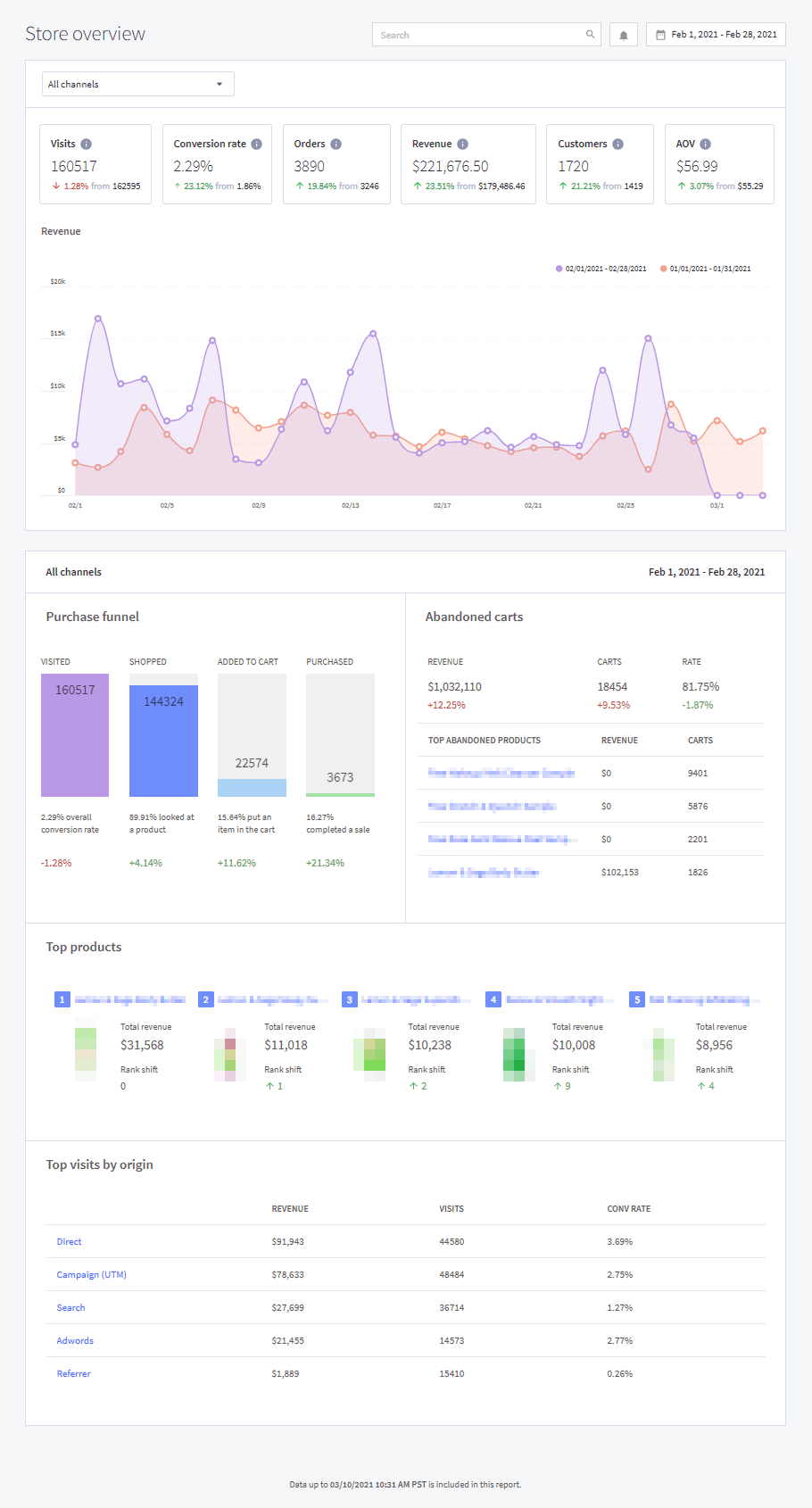
BigCommerce Analytics is really powerful
The analytics and reports you’ll get on all BigCommerce plans include:
- Merchandising Reports (products sold, orders taken, total revenue, average product price, price range)
- Marketing Reports (where your customers come from and how they behave in store)
- Order Reports (order count, units sold, total order revenue, percentage of discounted orders, average order value)
- Customer Reports (all customer count, new customer count, percentage of new customers, returning customer rate)
- Purchase Funnel Reports (Visited > Shopped > Added to Cart > Purchased)
- Shopping Cart Reports (all sorts of cart data, including abandoned cart and recovered cart info)
- In Store Search Reports (what products visitors are searching for)
- Sales Tax Reports
For an additional monthly fee (starting at $49), you can get access to even more detailed analytics and reporting using BigCommerce Insights. And of course, you can also plug your store into Google Analytics, for further conversion tracking data.
BigCommerce Blog and Content Creation Review
A blog is an important resource, both for engaging with your existing customers and for attracting highly relevant organic traffic (from Google and other search engines), which you have a good chance of converting into new customers!
Despite what other BigCommerce reviews mght suggest, BigCommerce provides a perfectly adequate blogging tool, which offers all the basics you’ll need for creating simple blog posts and adding essential SEO information.
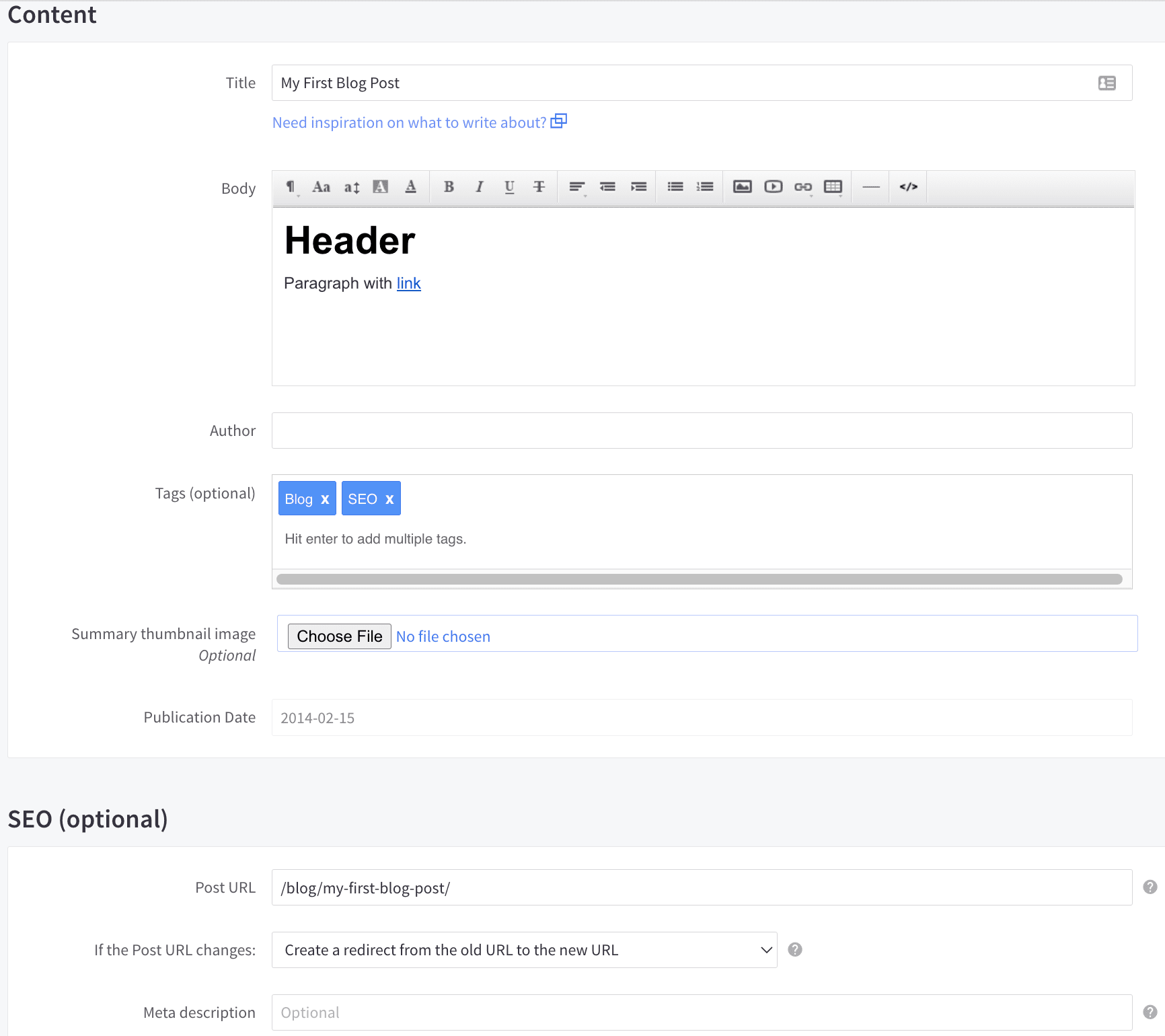
The blogging tool is quite basic
However, you won’t be able to add any “bells and whistles” to your blog posts. If you need fancy features like maps, galleries, advanced layouts or any widgets, you’ll need to create a page (and generally use apps) rather than a blog post.
Shopify, Squarespace and other online store builders do offer better solutions for your content marketing efforts.
BigCommerce SEO Features Review
BigCommerce makes a big deal about their Search Engine Optimization (SEO) features. And to be honest: so they should! Because BigCommerce offers the most flexible and comprehensive SEO tools of all the ecommerce platforms (read more about BigCommerce SEO).
If you want to benefit from organic traffic, then your site needs to rank well in the search engines, and this means your website needs to be optimized correctly for those search engines, especially Google.
BigCommerce offers all the basic SEO features that every other platform does: you have full control over page name slugs, page titles, meta descriptions and headers. Likewise, your site will get a free SSL certificate (through Encryption Everywhere or add your own), and automatic redirects when you change a URL to prevent broken links.
But unlike Shopify, you have complete control over the entire URL of each page. So while Shopify will always force “products” or “collections” into the URL (e.g. yourshop.com/products/product-name), with BigCommerce you can have much shorter URLs, which are generally better for SEO (e.g. yourshop.com/product-name).
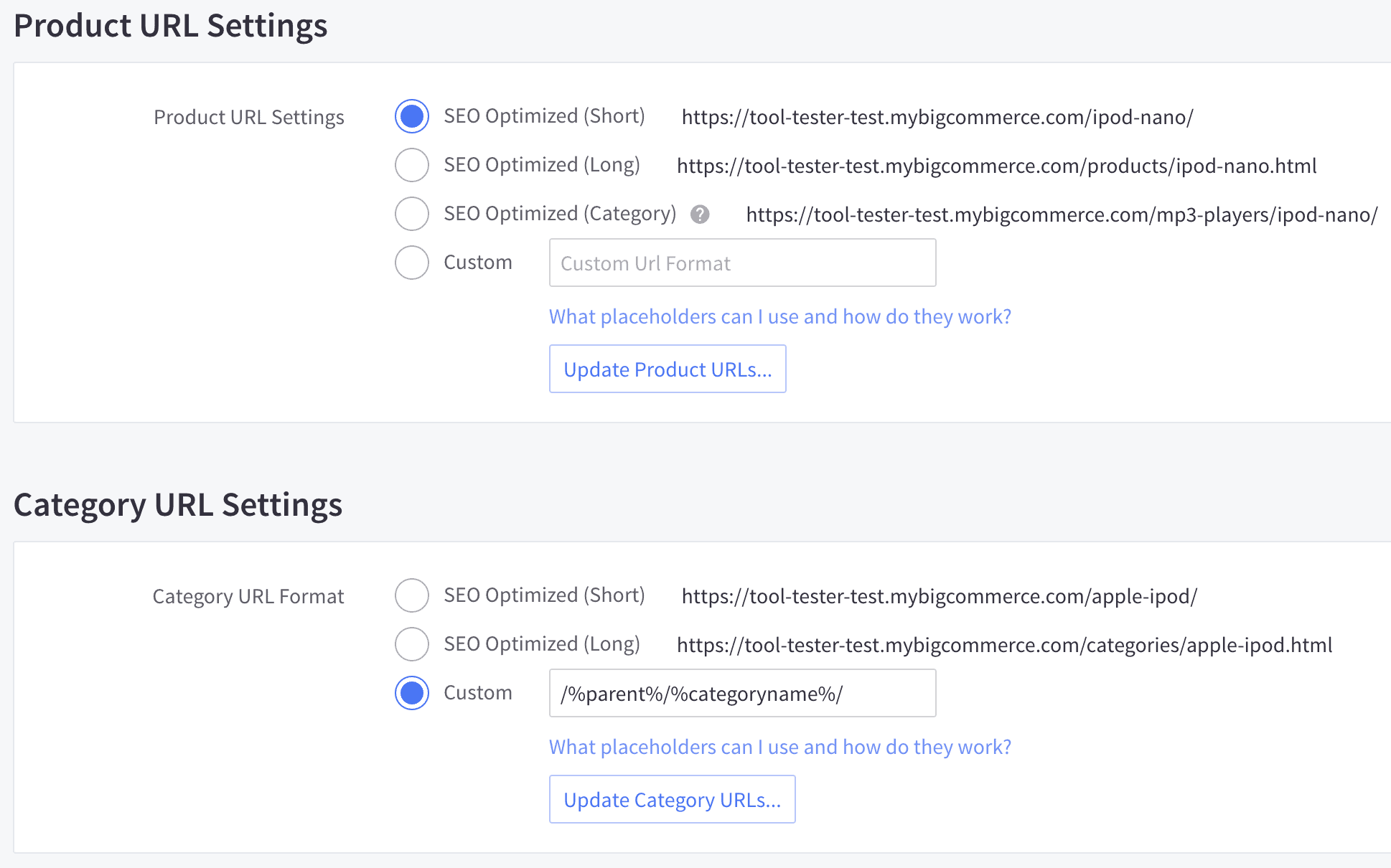
You get complete control over your URL structure
While BigCommerce and other BigCommerce reviews make a big deal of this ability to create shorter URLs (because they are “best practice”), in real life it’s not going to be the difference between the success or failure of your SEO efforts. It is nice to have though!
More importantly, BigCommerce also offers a robust category and subcategory system that is very intuitive, and automatically creates breadcrumb navigation elements that are very SEO-friendly.
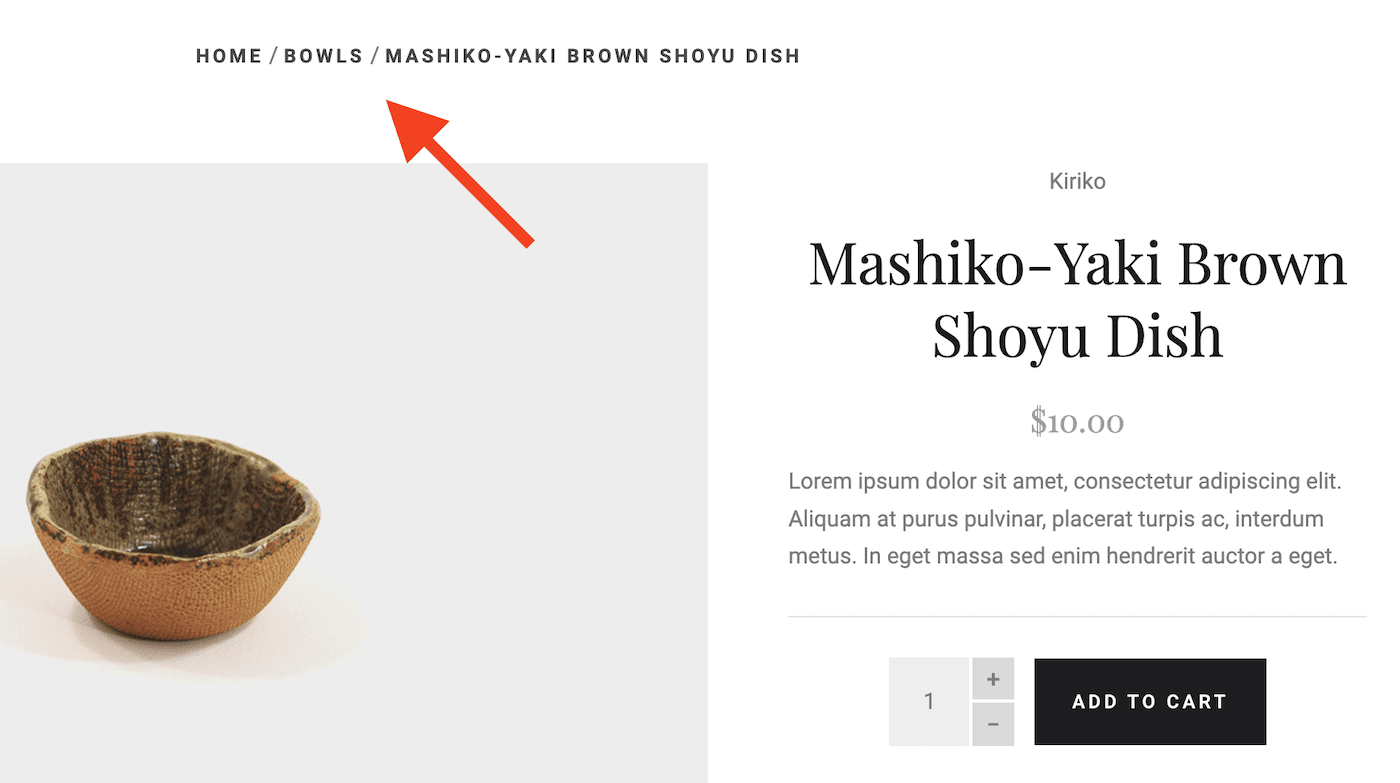
BigCommerce Breadcrumbs: good for SEO!
BigCommerce also gives you one click AMP (Accelerated Mobile Pages) activation for your Product and Category pages, which can dramatically improve page load time and has been shown to improve rankings in the past.
And beyond the other page speed optimizations such as a CDN which most platforms include, BigCommerce also provides automatic image optimization through Akamai Image Manager, on all themes using their Stencil theme engine.
This automatically resizes your images for the best quality and file size according to the device each customer is using.
Security and Backups with BigCommerce
One of the great things about an ecommerce platform like BigCommerce (in comparison to a CMS like WordPress), is that they completely take care of your online security. Whether it’s the security of their servers or the free SSL certificates for your store, you can rest easy knowing that they will protect everything.
Moreover, you don’t need to update your system or extensions (external apps) like you do with WordPress. BigCommerce will take care of this, letting you focus on more productive matters for your business.
When it comes to backups of your store, unfortunately, things are not so hands-off. Unless you’re prepared to buy an app, backing up your store involves manually exporting each section (products, customers, orders, theme customizations, etc) to CSV files.
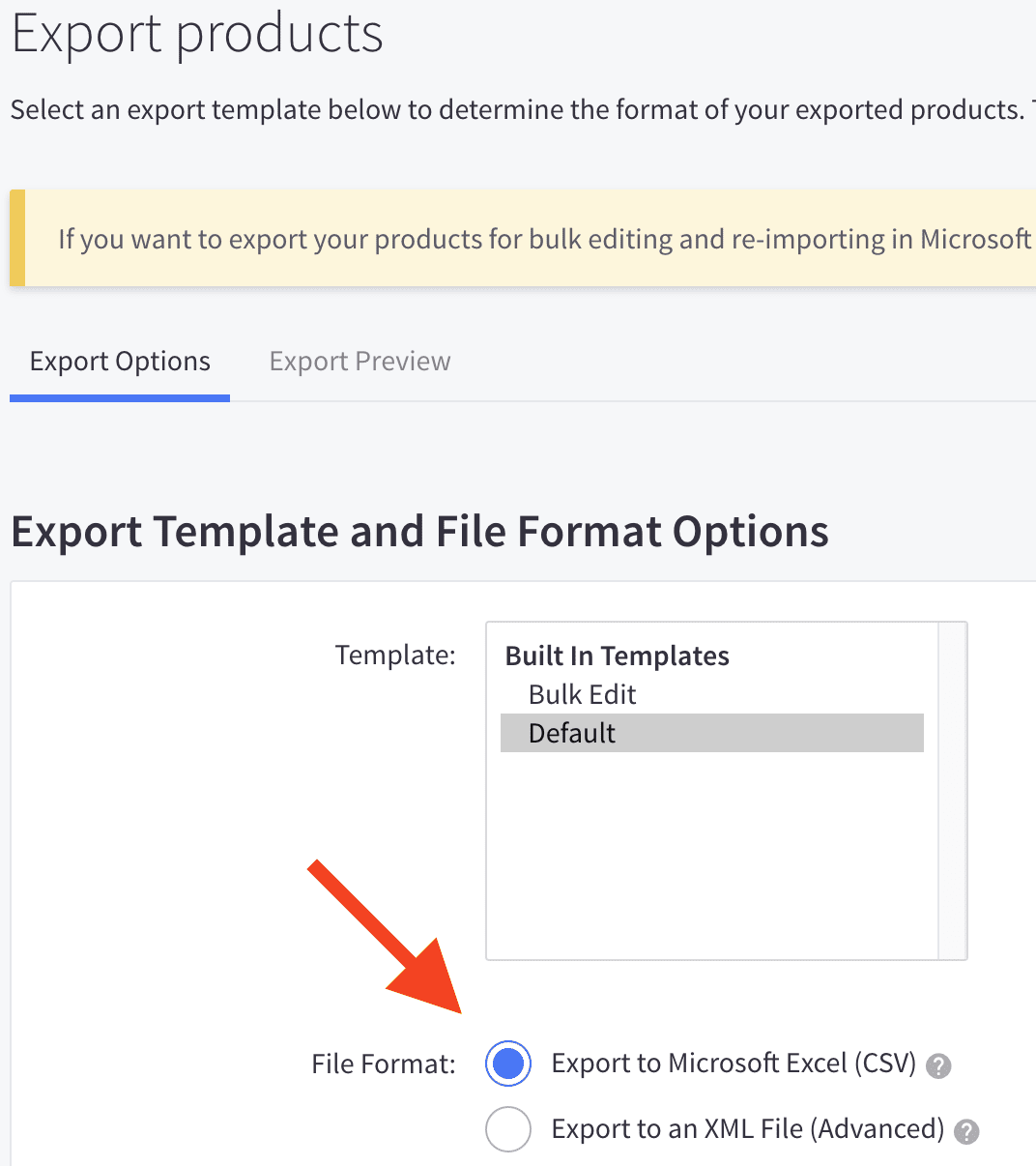
You have to create backups manually, unless you buy an app
Even when I was testing it for this BigCommerce review I found this a massive faff. And the truth is: in reality you’re also bound to have forgotten to have done it when you most need it! It’s a much better idea to use an app such as Rewind. I’d really like to see this improved.
BigCommerce App Store Review
The BigCommerce App Store contains more than 1,000 apps, over a third of which are completely free. Most paid apps charge a recurring monthly fee, with prices ranging from less than $10 to well over $50 a month.
So a few paid apps could bump up your monthly expenses considerably!
These apps are designed to extend the core functionality of your online store and often provide integrations with third-party solutions that specialize in certain areas of ecommerce (email marketing, accounting, shipping, etc).
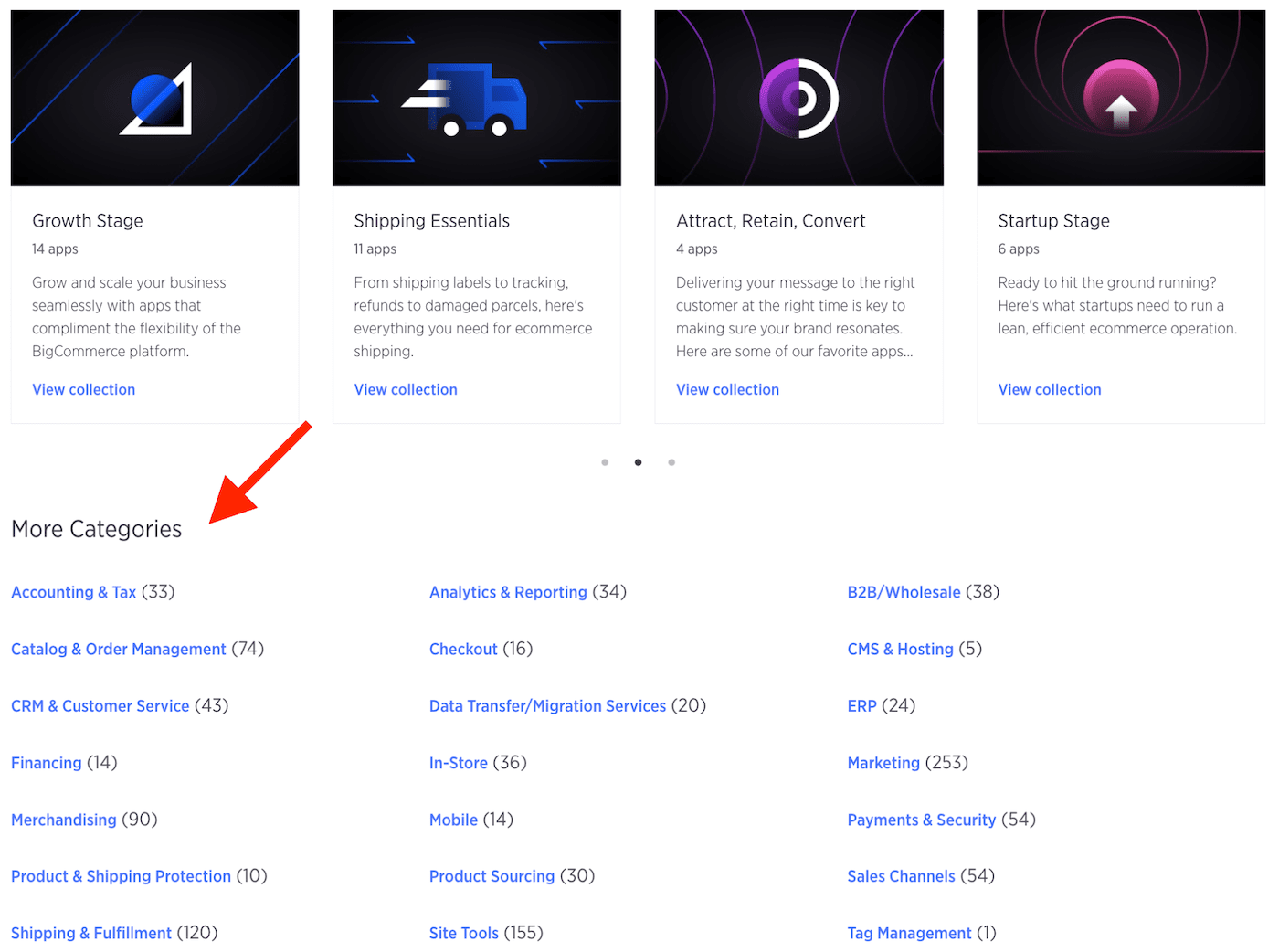
BigCommerce App Store
However, the great thing about BigCommerce is that there is so much functionality included in the core product, you are less likely to depend on apps than with other platforms (such as Shopify, which has far more apps in their store!).
When you do need an app though, there’s a decent variety, with every category you can think of covered and all the big names represented (Mailchimp, QuickBooks, Yotpo, Live Chat etc.).
BigCommerce Customer Support
The BigCommerce customer support system is robust. My first interaction with it was actually when my 14-day free trial was about to run out and a support agent rang me up to offer to extend it for 2 months while I continued to build my store. Nice!
When you run into a real problem, you’ve got a lot of support options to try to solve it. There’s a huge library of online resources, including help center documentation, community forums, email support and even a BigCommerce University (with live coaching).
I really like the way that in some support articles on the BigCommerce website, where it explains how to do something, there is a button that will take you to the relevant place in your own store. Very neat!
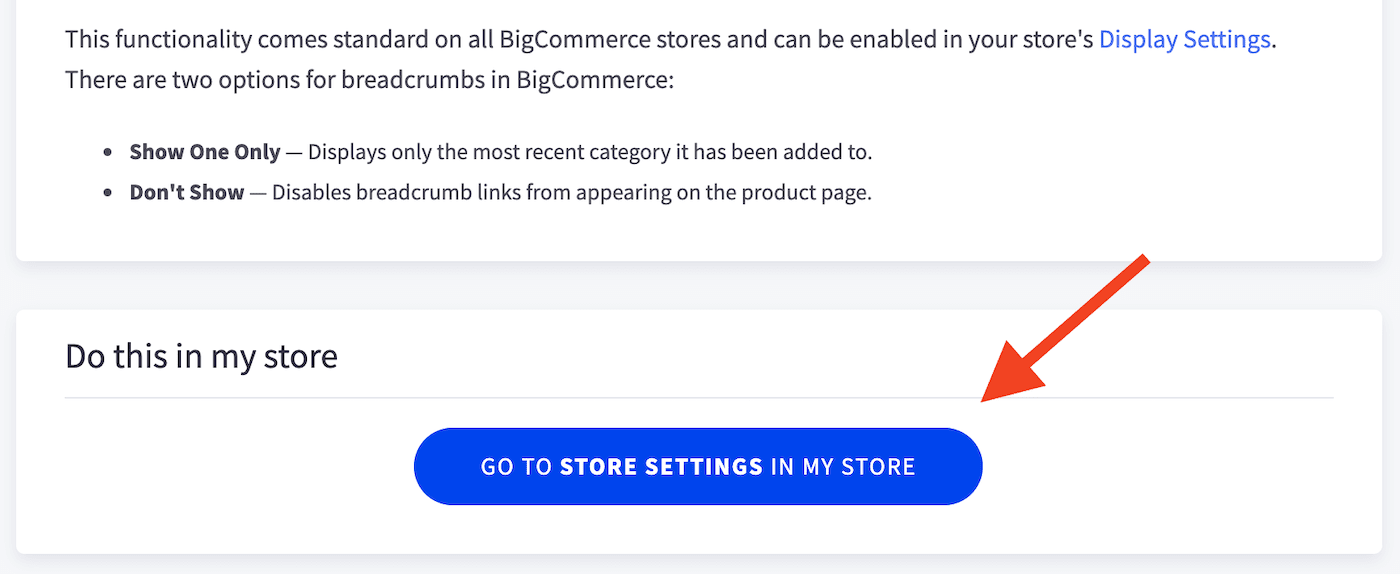
Some support documnets provide links to your store!
For most people though, the most important question is: when I have a problem, how quickly will I be able to communicate with a real person and how quickly and definitively will they be able to solve that problem?!
BigCommerce offers 24/7 live chat and phone support, which you can access directly through the toolbar of your store backend. Phone support is available in 13 specific countries, with one other number for the rest of the world.
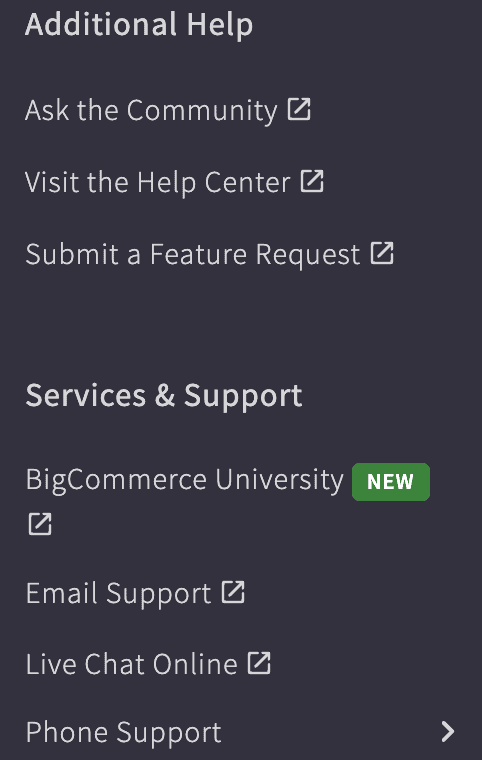
Email, live chat and phone support: accessed through your store backend
When we’ve previously tested the support services of all the major ecommerce platforms in depth, BigCommerce performed averagely. The response time was good and the agents knowledgeable. The only problem was they were too quick to recommend hiring developers to solve issues.
BigCommerce Review Conclusion
BigCommerce is one of the most feature-rich and powerful ecommerce platforms on the planet. Its only real rival is Shopify in this respect (more on that rivalry below). It doesn’t matter how complicated your ecommerce requirements are: BigCommerce will be able to provide a solution.
However, this doesn’t mean that it will be the right choice for your online business. To help you make a decision, here’s a list of the things I think BigCommerce does well and the things I think BigCommerce could improve:
What I like about BigCommerce
- Feature rich: as part of its core functionality, BigCommerce provides a breadth and depth of features that’s unmatched by any other platform
- Easy to use: despite its reputation, I found it easy to do what I needed to do
- Tons of product options: great if you’re selling complicated products or products with lots of variations or customizations
- Sensible category and subcategory structure: good for SEO and store organization
- Selling in multiple currencies is easy
- Loads of shipping options, including real-time shipping calculations and free shipping labels for USPS
- Complete control over tax options: per region, per country, per product, per group etc
- Powerful abandoned cart email features: send different emails at different times with special offers
- Powerful and extensive analytics and reporting included in all plans
- Comprehensive and flexible SEO options
- Responsive and knowledgeable customer support available via chat or phone 24/7
- App store: there are a lot of apps to choose from
What I don’t like about BigCommerce
- Automatic price increases: If your turnover exceeds certain thresholds, you get bumped up to a higher priced plan automatically
- Limited themes: There aren’t enough free themes and the range of paid themes is less impressive than its competitors
- The Page Builder is more difficult to use and less fully featured than other page designers
- Selling in multiple languages is dependent on a paid app
- Selling subscriptions or recurring payments is dependent on a paid app
- No built-in POS (Point of Sale) solution
- Not the best support for Drop-Shipping
- No email marketing functionality: you’ll need to use a paid app
- Abandoned cart email features not available on the entry-level plan
- Automatic backups are dependent on a paid app
Is BigCommerce the right choice for you?
- Recommended If
- Not Recommended If
You need a powerful, fully featured ecommerce solution
You have complex products, shipping and/or tax needs
You want to sell in multiple currencies
You aim to grow and expand quickly
BigCommerce Example Sites
FAQ
BigCommerce is an ecommerce website builder that provides a complete, “all-in-one” solution for creating and managing online stores. This means it takes care of web hosting, product inventory, payment integrations, shipping and tax options, analytics, security and much more!
BigCommerce offers four pricing plans: Standard ($29.95/month), Plus ($79.95/month), Pro ($299.95/month), and Enterprise ($Custom). For more information on how much it costs (and which plan is best), check out our BigCommerce pricing guide.
BigCommerce is used by a huge range of companies all around the world including Skullcandy, Sony, Vodafone and Ben & Jerry’s. For more information on this, check out our BigCommerce market share article.
Yes, you can use your own domain with BigCommerce. You just need to point the domain to BigCommerce from whoever the domain is registered with. You won’t be able to transfer the domain to BigCommerce, though.
Yes, you have been able to sell CBD and hemp-based products on BigCommerce since 2019.
You can downgrade your BigCommerce plan at any time, as long as the sum value of all your sales over the previous 12 months has not exceeded the limits set in the plan that you wish to downgrade to. More information on downgrading your BigCommerce plan.
BigCommerce Alternatives
Shopify
The most obvious alternative to BigCommerce is Shopify. And that’s because they’re both very similar products, aimed at similar audiences, with similar functionality and with similarly priced plans.
So how do you decide between them?
The truth is: it’s less a case of which one is better than the other, and more a case of which one excels in the areas which are most critical to your business requirements. Both of them will ultimately be able to provide all the functionality you need. But in some cases, you may need to pay extra for an app.
So it’s worth taking a good look at the core functionality of each one and identifying where the important gaps are for your business. Read our Shopify vs BigCommerce article for more on this!
WooCommerce
If you’ve already got a WordPress website, then it’s worth taking a long hard look at WooCommerce before you decide to go with BigCommerce (or any other ecommerce website builder).
That’s because WooCommerce is a powerful ecommerce solution that’s specifically designed to integrate with WordPress. However, even if you don’t already have a WordPress website, WooCommerce has certain qualities that might make it a good choice over BigCommerce.
Since WordPress provides the best multilingual support, it’s a great choice if your online store needs to be available in several languages. It’s also much cheaper than BigCommerce (it’s free!).
There are downsides too, though. It’s more complicated to set up and use, there’s less support, and it’s not as fast, being the first three that come to mind. Check out our WooCommerce review, and our WooCommerce vs BigCommerce comparison, for more on this!
Wix Ecommerce
If you’re planning on building a small online store, then you should consider Wix. It’s specifically designed for beginners, so it’s really easy to set up and use. However, it’s still packed full of features (including some that require a paid app in BigCommerce and Shopify).
Wix Ecommerce won’t scale upwards as well as BigCommerce, but it’s cheaper, it gives you more control over the design of your ecommerce store, and it’s a good choice if the store won’t be the main part of your website. Find out more in our Wix Ecommerce review.
Our Testing Methodology
In order to fully test and review BigCommerce as an ecommerce platform and website builder, we created our own online store and measured its performance against 20 different criteria.
These included (but were not limited to), pricing, ease of use, design, ecommerce and marketing features, analytics and SEO tools, security and backup options, customer support and performance.
To evaluate BigCommerce customer support, we formulated a series of queries and then checked their knowledge base and contacted them through every available support channel (email, live chat, phone), to see how quick and easy it was to get answers!
We do this for every ecommerce platform and website builder, so we can determine who has the best customer support.
To evaluate BigCommerce website performance, we use various tools including GTMetrix, Pingdom, WebPageTest and Google PageSpeed Insights to measure load speed, and StatusCake to measure uptime over a 12-month period.
Again, we do this for every ecommerce platform and website builder, so we can determine who has the best website speeds. This is an important metric, as our statistics indicate that fast website loading times are vital for the success of your ecommerce store!
We also conducted our tests across multiple desktop and mobile devices to evaluate the BigCommerce store’s cross-platform performance.
All this forms a part of our meticulous and unbiased testing methodology, which we apply across all the tools and platforms we review, to guarantee you honest and trustworthy recommendations!
We keep our content up to date
05 Apr 2022 – Complete re-review
04 Feb 2020 – Price increase for the Pro plan
19 Nov 2018 – New style and layout editor
28 Mar 2017 – Pros & Cons added
27 Mar 2017 – Yearly sales threshold information added
20 Mar 2017 – Now it offers Https sitewide with all plans
18 Jan 2017 – General update
22 Apr 2016 – New branding
01 Feb 2016 – New Pro plan added
26 Nov 2015 – Bigcommerce removed transaction fees for Starter plan.
19 Aug 2015 – Initial review of the Bigcommerce online shop
THE BEHIND THE SCENES OF THIS REVIEW
This article has been written and researched following a precise methodology.
Our methodology



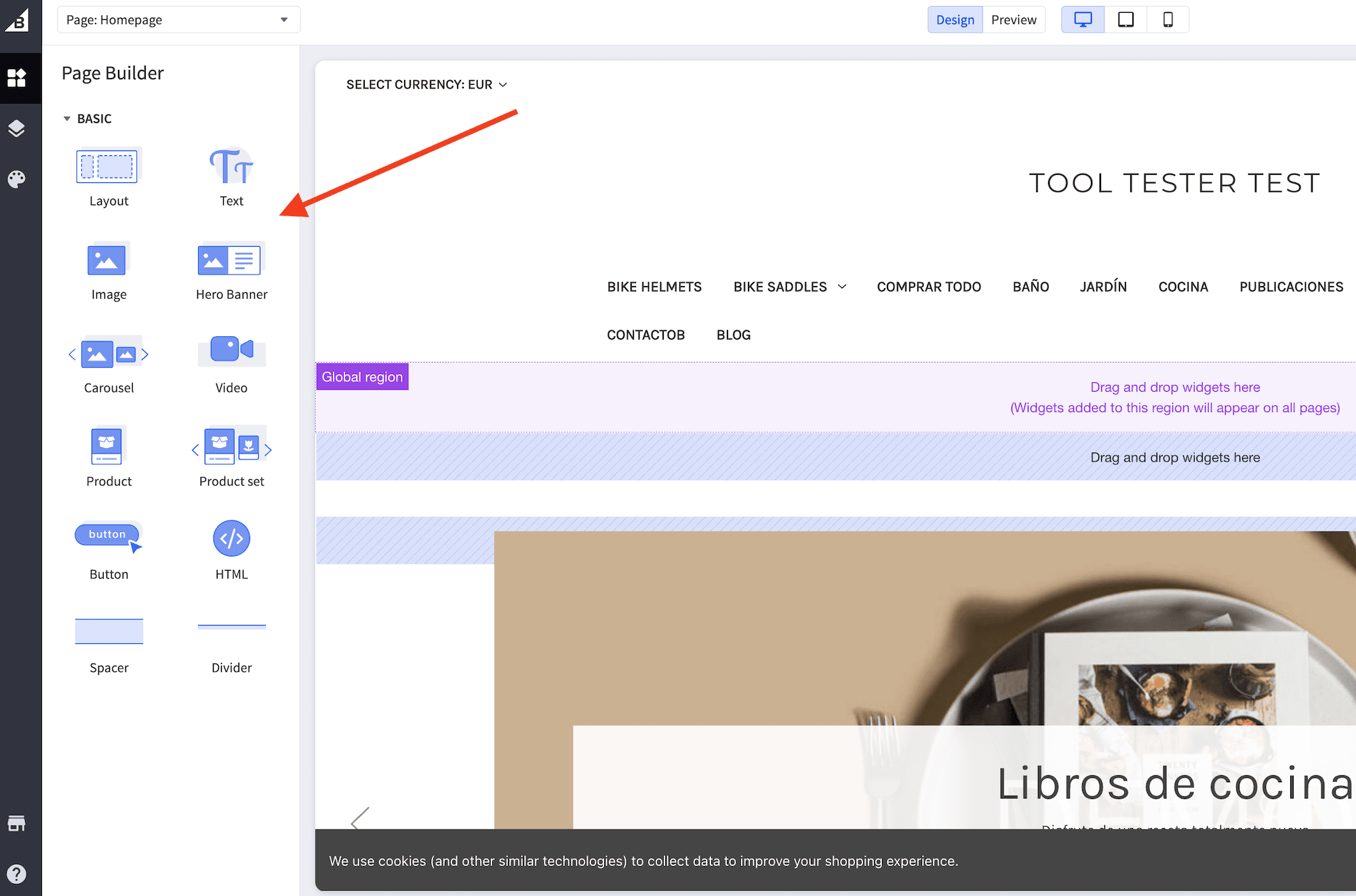

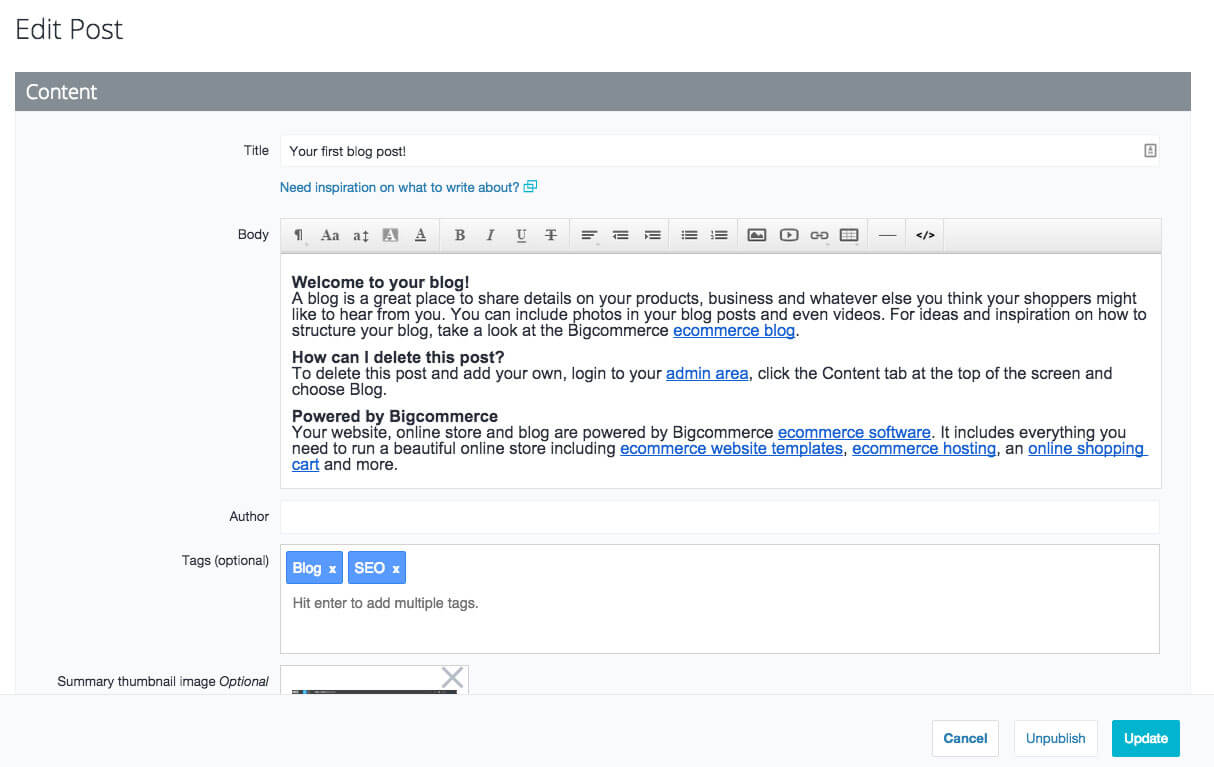
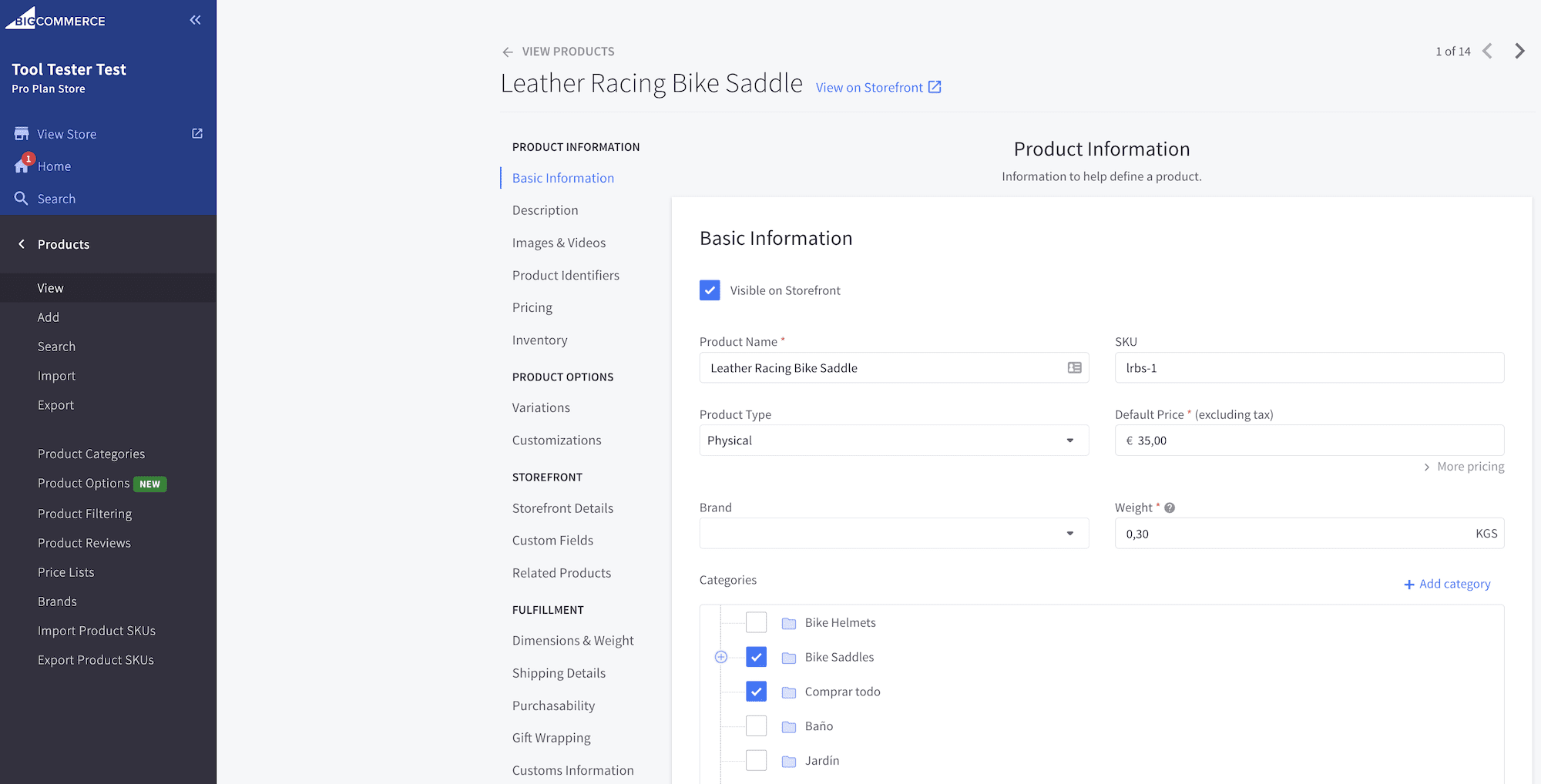
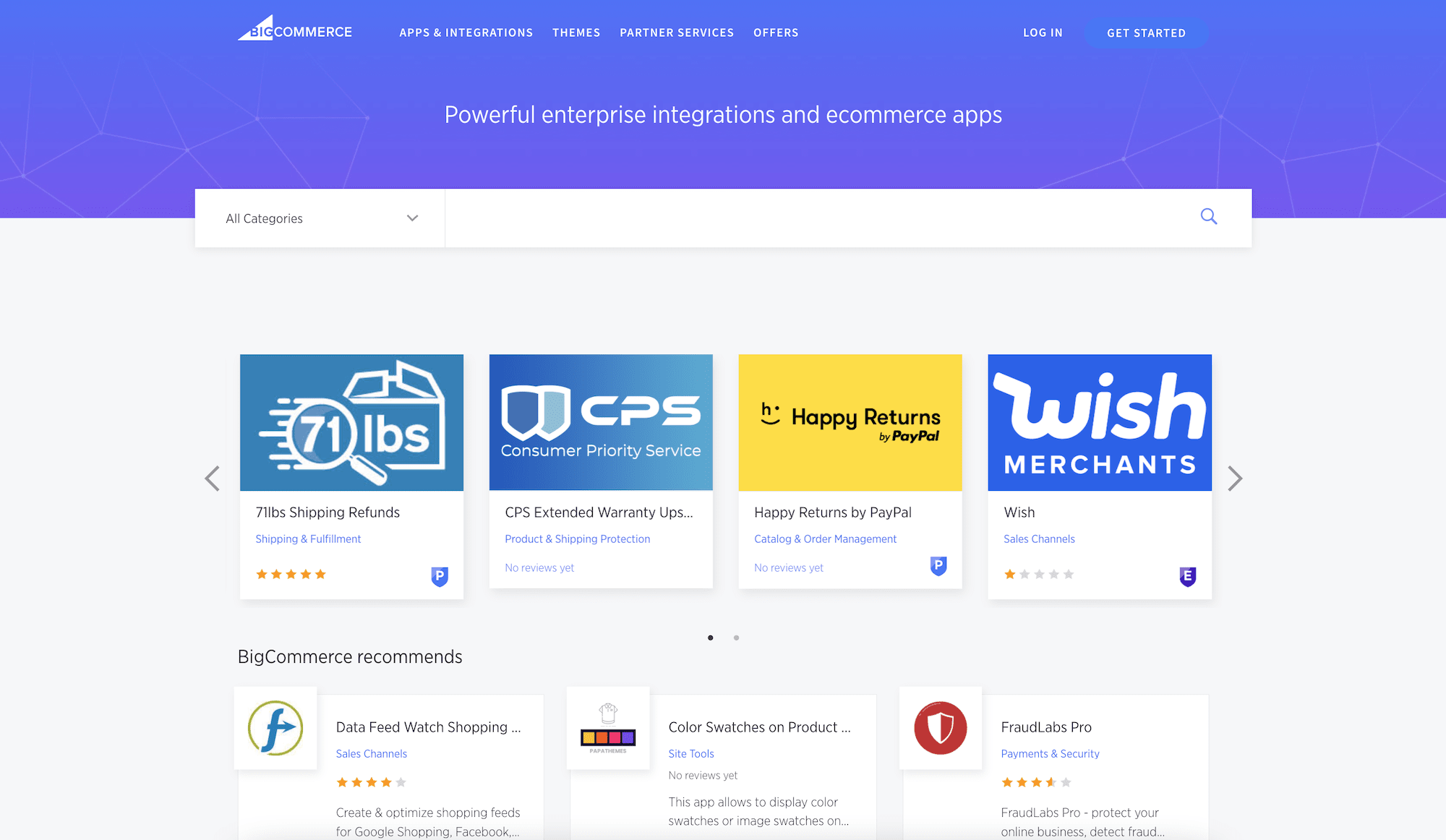
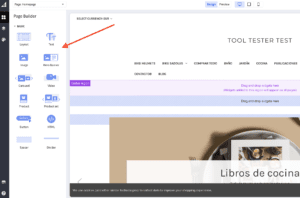

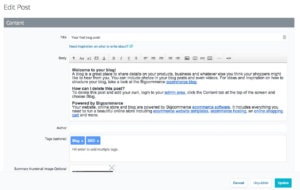
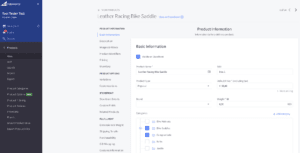
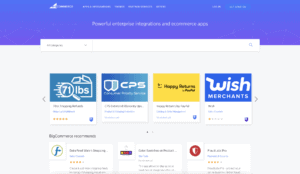


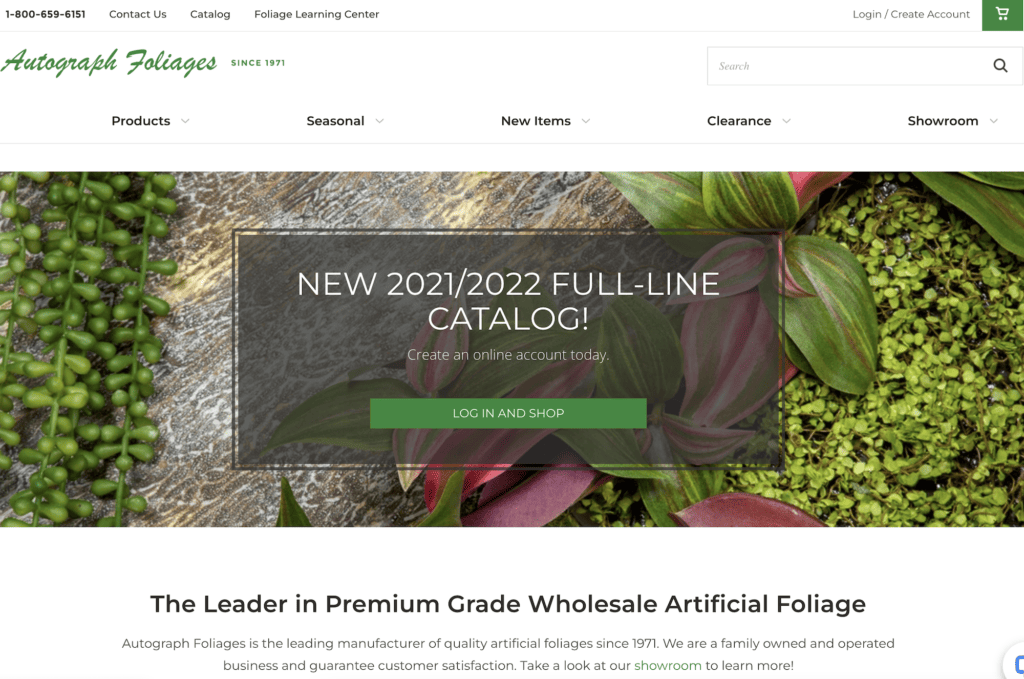





Comments